Our top tips for Namibia birdwatching
If you're looking for the highlights of birding in Namibia, start with Etosha National Park in the early months of the year, when the vast saltpan there fills with water. Great flocks of blue cranes descend to feed, and flamingos arrive to breed. For Namibia's best birding area, seek out the Caprivi Strip, where dry Kalahari areas stand beside the waterways and swamps of the Okavango and Linyanti Rivers.
Beside Namibia's coast, around Swapokmund and Walvis Bay, birders will find not only Cape cormorants; greater and lesser flamingos and colonies of eastern white pelicans - but also 'specials' like the endangered, ground-nesting damara tern.
The only endemic bird species of Namibia, the dune lark, is highly localised in the Namib Desert - but bird-watchers will find interesting array of birds in many areas.
Pelican Fly & Drive Safari
10 days • 5 locations
WINDHOEK AIRPORT TO WINDHOEK AIRPORT
US$8,310 - US$8,850 per person
Ongava Tented Camp
Ongava Tented Camp, on the Ongava Reserve and close to Etosha National Park, is a fantastic place for birdwatching in Namibia. Local specials include Namaqua sandgrouse, short-toed rock thrush, acacia pied barbet and yellow-bellied eremomela.
Pelican Point Lodge
Pelican Point Lodge is a secluded base for part of a Namibia birdwatching holiday. Come for flocks of sea-birds, including damara terns, cormorants and pelicans – and nearby perhaps flamingos in the protected Walvis Bay Wetlands.
Flamingo Fly-in Safari
6 days • 3 locations
WINDHOEK AIRPORT TO WINDHOEK AIRPORT
US$6,260 - US$6,960 per person
Ongava Lodge
Visitors at Ongava Lodge benefit from the prolific birdlife on the Ongava Reserve and neighbouring Etosha National Park. Over 340 species have been recorded, including local specials: Namaqua sandgrouse, double-banded courser and yellow-bellied eremomela.
Goshawk Fly-in Safari
12 days • 6 locations
WINDHOEK AIRPORT TO WINDHOEK AIRPORT
US$13,560 - US$20,320 per person
Serra Cafema
On the banks of the Kunene River, Serra Cafema is one of the most remote camps in Southern Africa. The river’s permanent water and accompanying vegetation provides sanctuary from the surrounding desert, making this a top spot for birdwatching in Namibia.
Ongava Tented Camp
Ongava Tented Camp, on the Ongava Reserve and close to Etosha National Park, is a fantastic place for birdwatching in Namibia. Local specials include Namaqua sandgrouse, short-toed rock thrush, acacia pied barbet and yellow-bellied eremomela.
Ruppell's Korhaan Fly-in Safari
9 days • 4 locations
WINDHOEK AIRPORT TO WINDHOEK AIRPORT
US$11,390 - US$16,880 per person
Serra Cafema
On the banks of the Kunene River, Serra Cafema is one of the most remote camps in Southern Africa. The river’s permanent water and accompanying vegetation provides sanctuary from the surrounding desert, making this a top spot for birdwatching in Namibia.
Rock Agama Self-drive Safari
9 days • 6 locations
WINDHOEK AIRPORT TO WINDHOEK AIRPORT
US$9,900 - US$14,740 per person
Okonjima Bush Camp
For birdwatching in Namibia, the guided and self-guided walks around Okonjima can be excellent. The lodge itself also has a variety of watering points, bird-baths, dams and lakes that help to attract the local birdlife.
Little Ongava
Birding at Ongava Reserve and Etosha make a great addition to a Namibia birdwatching break, with over 300 species of bird, including the violet wood-hoopoe, bare-cheeked babbler, red-necked falcon and Carp's tit.
Rock Hare Self-drive Safari
20 days • 12 locations
WINDHOEK AIRPORT TO VICTORIA FALLS AIRPORT
US$7,520 - US$8,500 per person
Ongava Lodge
Visitors at Ongava Lodge benefit from the prolific birdlife on the Ongava Reserve and neighbouring Etosha National Park. Over 340 species have been recorded, including local specials: Namaqua sandgrouse, double-banded courser and yellow-bellied eremomela.
Nxamaseri Lodge
Relatively near the Okavango's main channel, Nxamaseri Lodge makes an excellent choice for a birdwatching holiday in the Okavango Delta, with a deep-water lagoon environment.
Mushara Outpost
Most visitors to Etosha National Park are drawn by the chance to see Namibia's lager wildlife. However, guided 4WD safaris into the park combined with a small hide at the lodge make Mushara Outpost a good pick for a birding trip to Namibia too.
Cornerstone Guesthouse
Although Cornerstone is a town B&B it is a great stop on a self-drive, birdwatching tour of Namibia. Walvis Bay Lagoon with its plentiful waterfowl is just a short drive away while Swakopmund itself is a perfect base for a guided birdwatching tour.
Shametu Lodge
The Mahango Core Area’s varied habitats support the largest variety of avian species in Namibia, making it a perfect place for birdwatching. While Shametu River Lodge isn't the closest camp to Mahango, it is one of our favourites in this area.
Kazile Island Lodge
Deep in Namibia's Bwabwata National Park, Kazile Island Lodge sits on a private island in the Kwando River: a must for birders. Scan the surrounding wetland or the towering mangosteen trees from the comfort of your room, or explore on a guided walk, drive or boat trip.
Bateleur Fly-in Safari
7 days • 4 locations
WINDHOEK AIRPORT TO WINDHOEK AIRPORT
US$9,010 - US$9,480 per person
Ongava Tented Camp
Ongava Tented Camp, on the Ongava Reserve and close to Etosha National Park, is a fantastic place for birdwatching in Namibia. Local specials include Namaqua sandgrouse, short-toed rock thrush, acacia pied barbet and yellow-bellied eremomela.
Chongololo Self-drive Safari
21 days • 11 locations
WINDHOEK AIRPORT TO WINDHOEK AIRPORT
US$9,240 - US$10,210 per person
Mundulea Reserve
Namibia's Mundulea Reserve has excellent guiding and some first-class birding. The environment ranges from kopjes to open plains, with a good variety of birds such as Rueppell's parrot, paradise flycatchers and plenty of raptors.
Ongava Lodge
Visitors at Ongava Lodge benefit from the prolific birdlife on the Ongava Reserve and neighbouring Etosha National Park. Over 340 species have been recorded, including local specials: Namaqua sandgrouse, double-banded courser and yellow-bellied eremomela.
Hoopoe Fly-in Safari
11 days • 4 locations
WINDHOEK AIRPORT TO WINDHOEK AIRPORT
US$8,180 - US$10,560 per person
Ongava Lodge
Visitors at Ongava Lodge benefit from the prolific birdlife on the Ongava Reserve and neighbouring Etosha National Park. Over 340 species have been recorded, including local specials: Namaqua sandgrouse, double-banded courser and yellow-bellied eremomela.
Namaqua Chameleon Self-drive
12 days • 7 locations
WINDHOEK AIRPORT TO WINDHOEK AIRPORT
US$4,180 - US$5,290 per person
Okonjima Plains Camp
Okonjima boasts birdlife typical of Namibia's Central Highlands. The guided or self-guided walks pass by a variety of watering points, including dams, lakes and even bird-baths – making a lovely addition to a Namibian birdwatching break.
Safarihoek Lodge
For many, the draw of the Etosha Heights Reserve is the chance to see some of Namibia's larger animals. However, with a superb split-level hide and expert guides, Safarihoek Lodge also offers some very rewarding birdwatching.
1 of
Best camps & lodges for Birdwatching safaris in Namibia
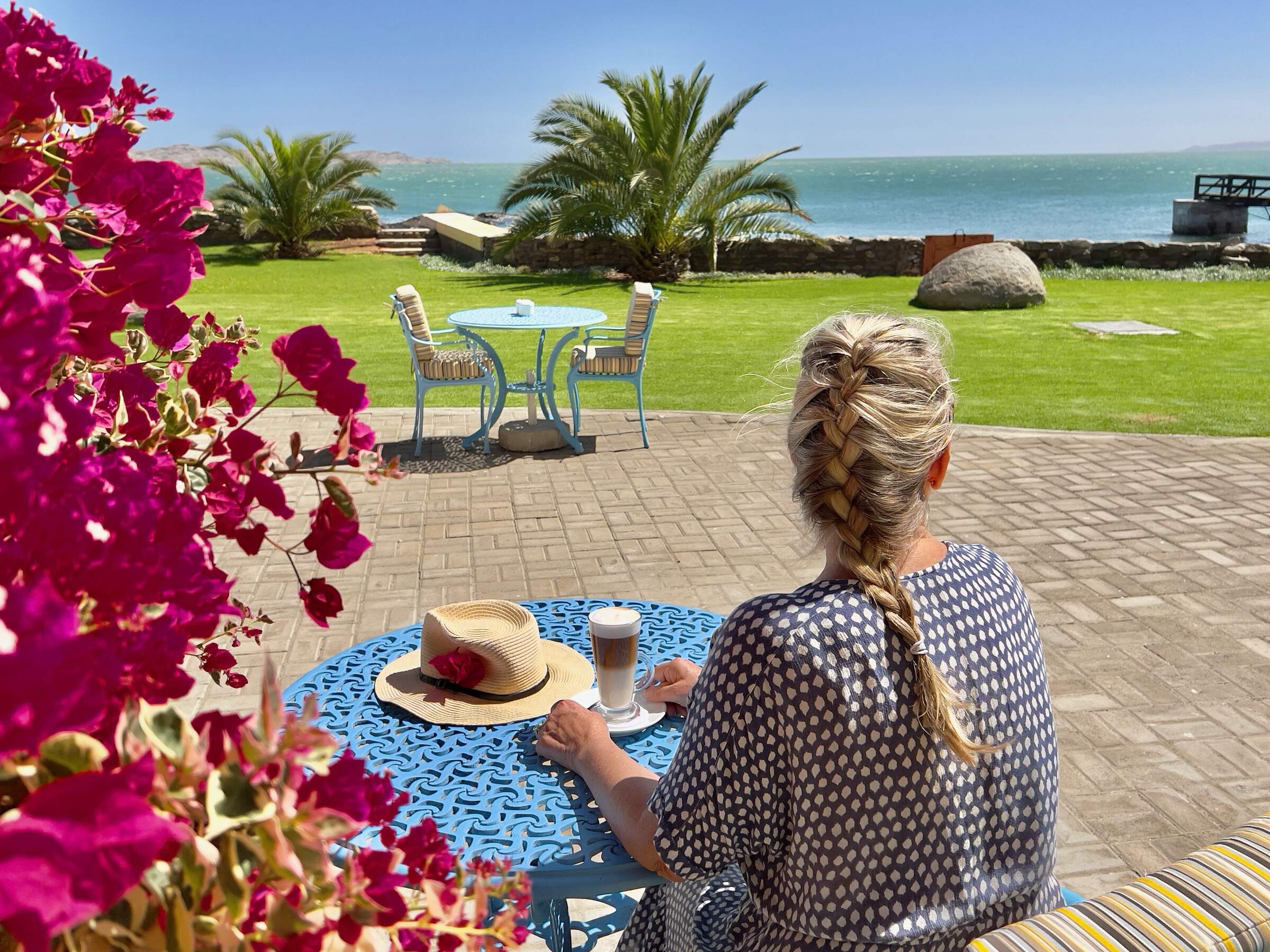
Nest Hotel
Namibia's Coast with its cold, fertile waters is rich with birdlife. With access to the Sperrgebiet Recreation Area and the opportunity to enjoy a boat trip to Halifax Island, the Nest Hotel is a convenient base for birdwatching.
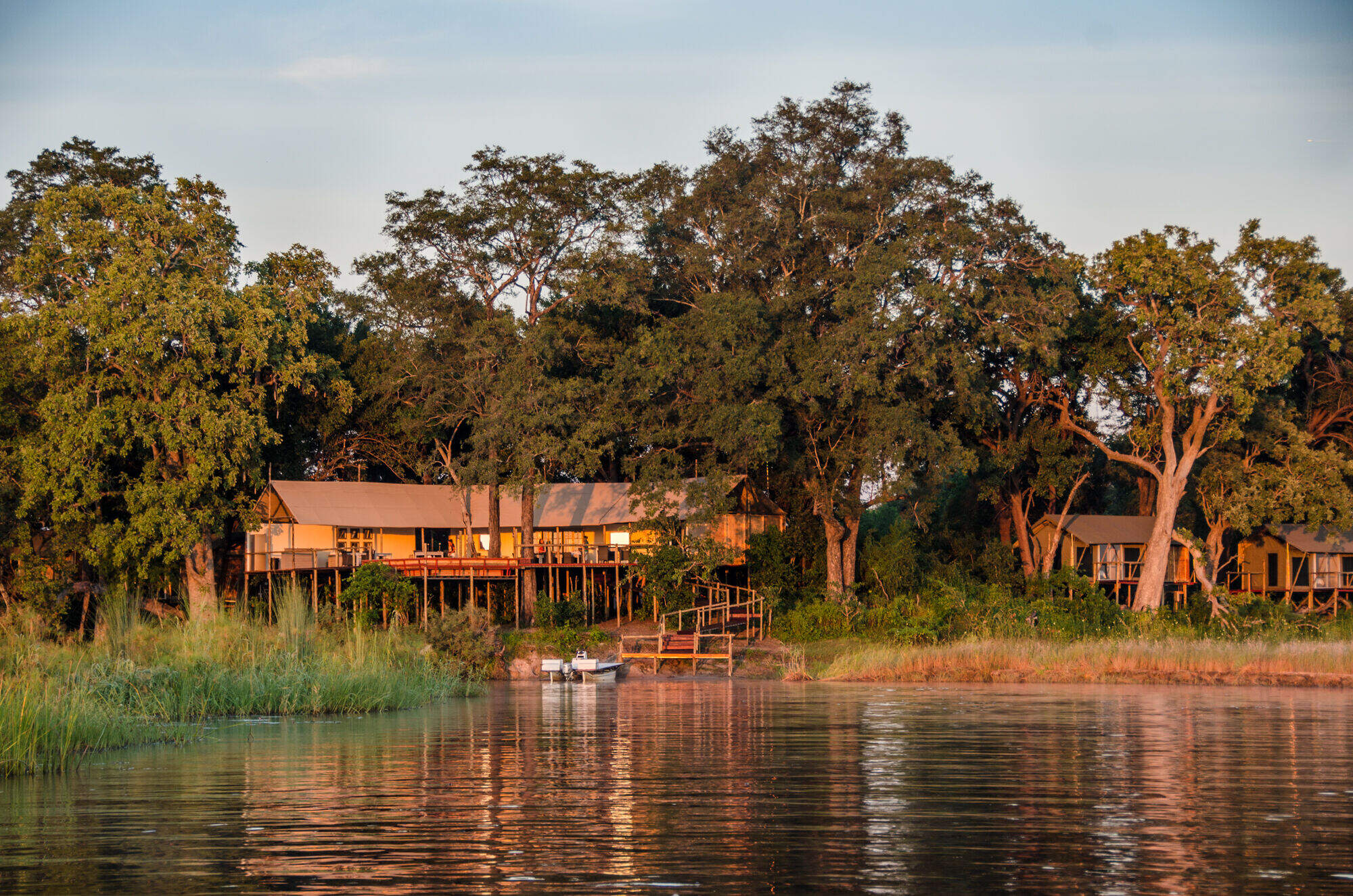
Kazile Island Lodge
Deep in Namibia's Bwabwata National Park, Kazile Island Lodge sits on a private island in the Kwando River: a must for birders. Scan the surrounding wetland or the towering mangosteen trees from the comfort of your room, or explore on a guided walk, drive or boat trip.
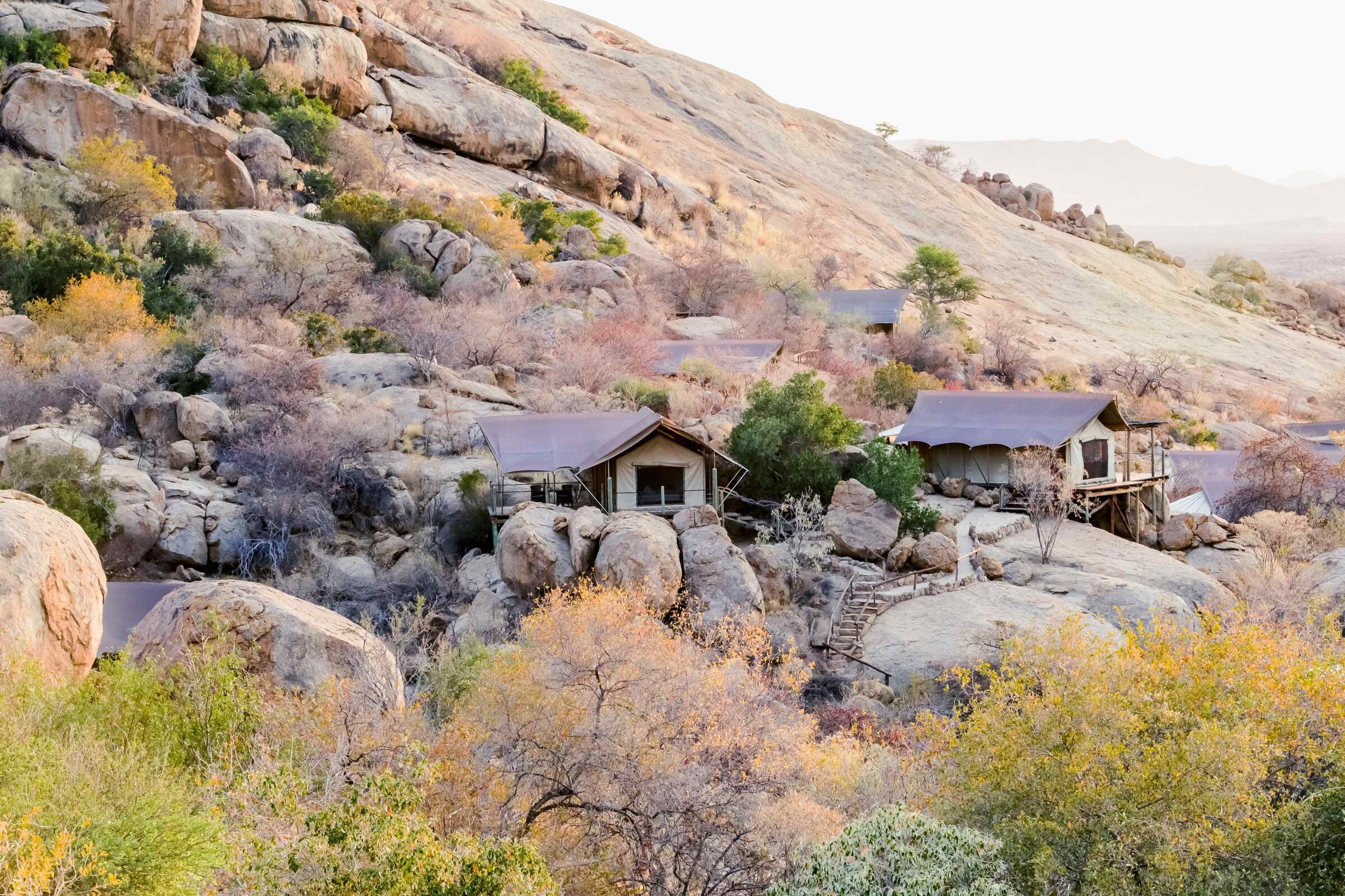
Ondudu
Ondudu Safari Lodge should be high on the list of those visiting Namibia for a birding holiday. The rocky landscape is home to a surprising proliferation of avifauna, including several near endemics and exploring the area on foot is a great way to spot them.
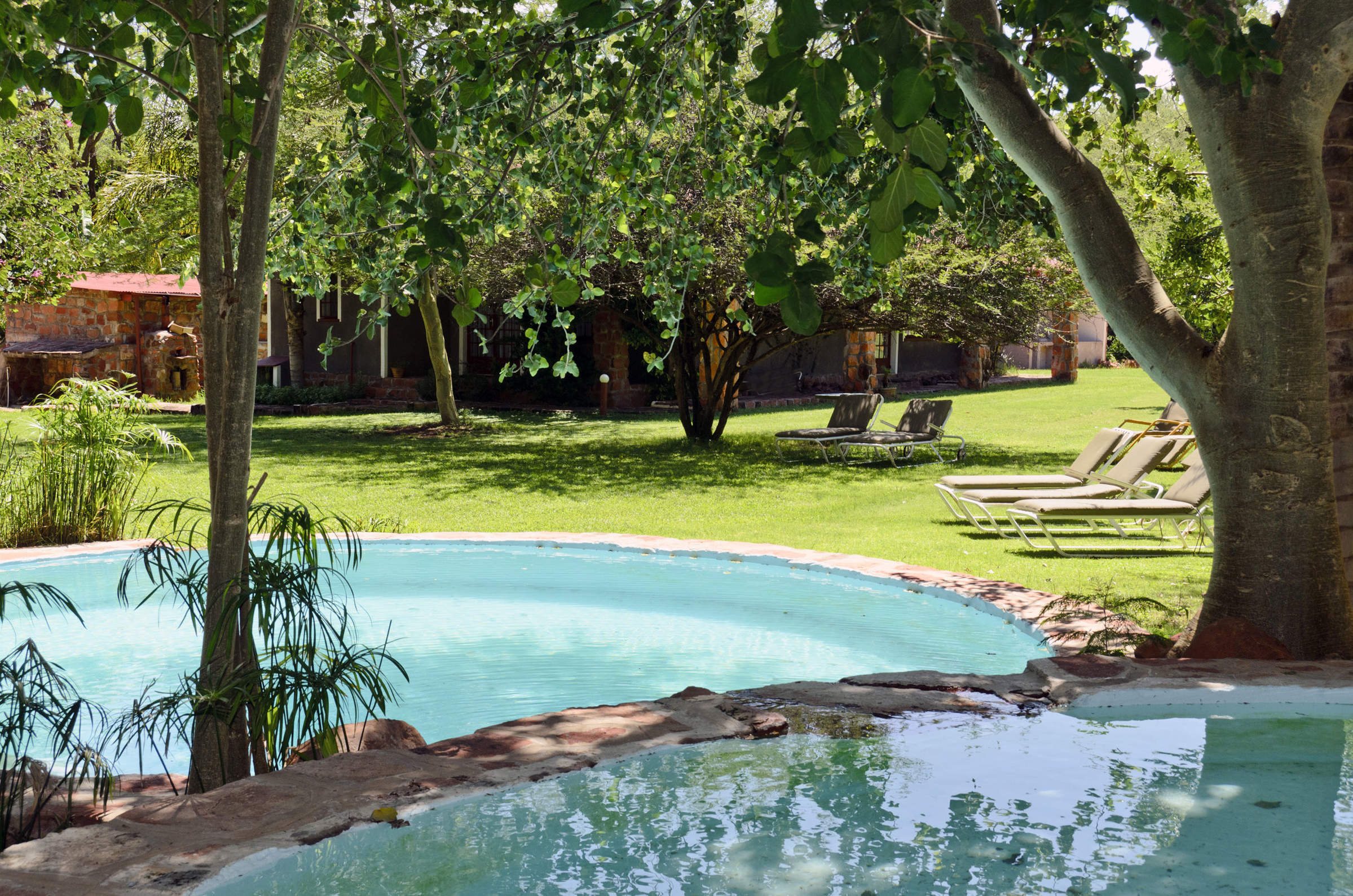
Waterberg Wilderness
The relatively green oasis of the Waterberg Plateau supports over 200 bird species – including Namibia's only breeding colony of Cape vultures, a highlight for any birdwatcher. Of the lodges in this area, Waterberg Wilderness Lodge is perhaps our favourite.
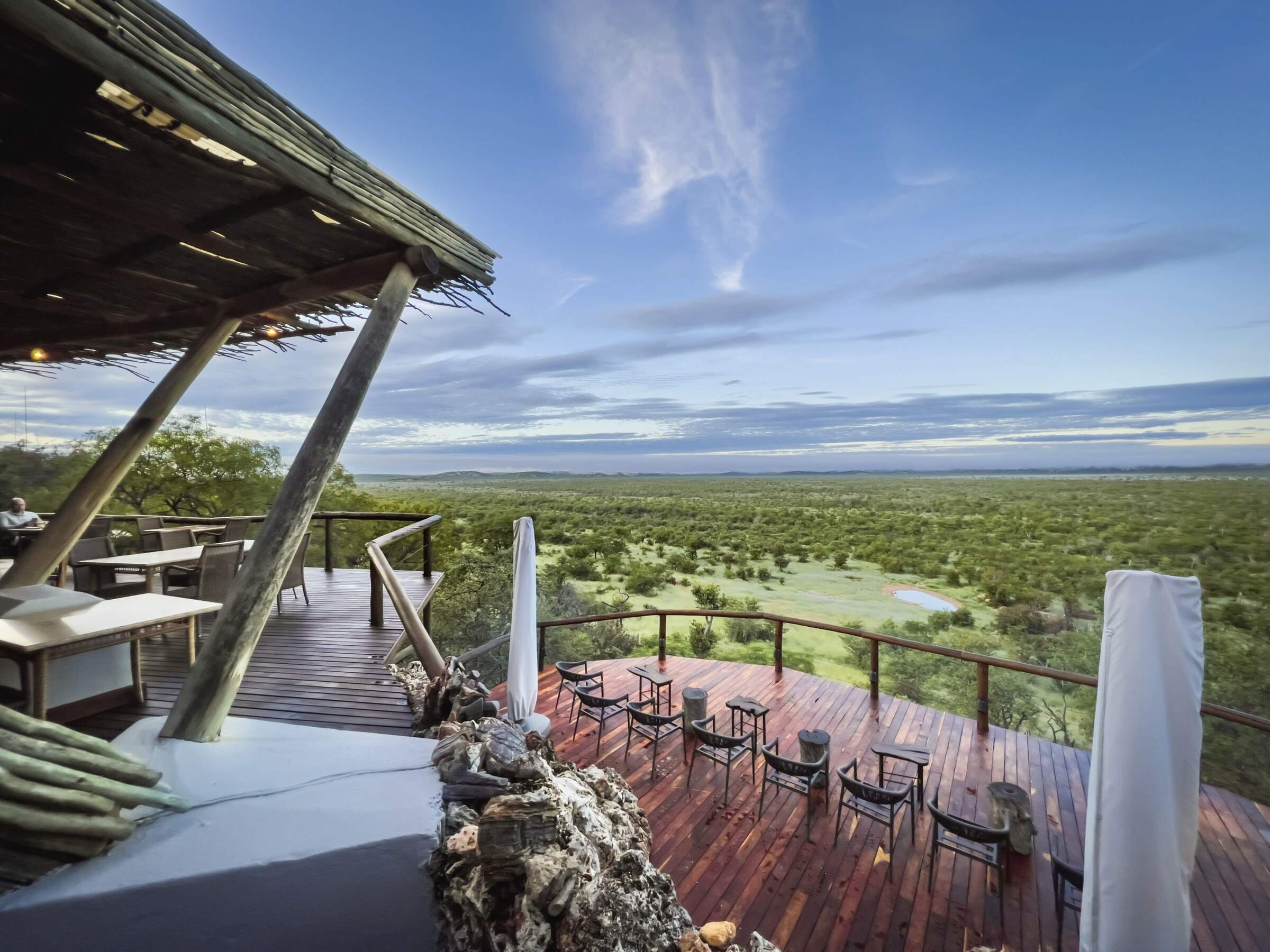
Ongava Lodge
Visitors at Ongava Lodge benefit from the prolific birdlife on the Ongava Reserve and neighbouring Etosha National Park. Over 340 species have been recorded, including local specials: Namaqua sandgrouse, double-banded courser and yellow-bellied eremomela.
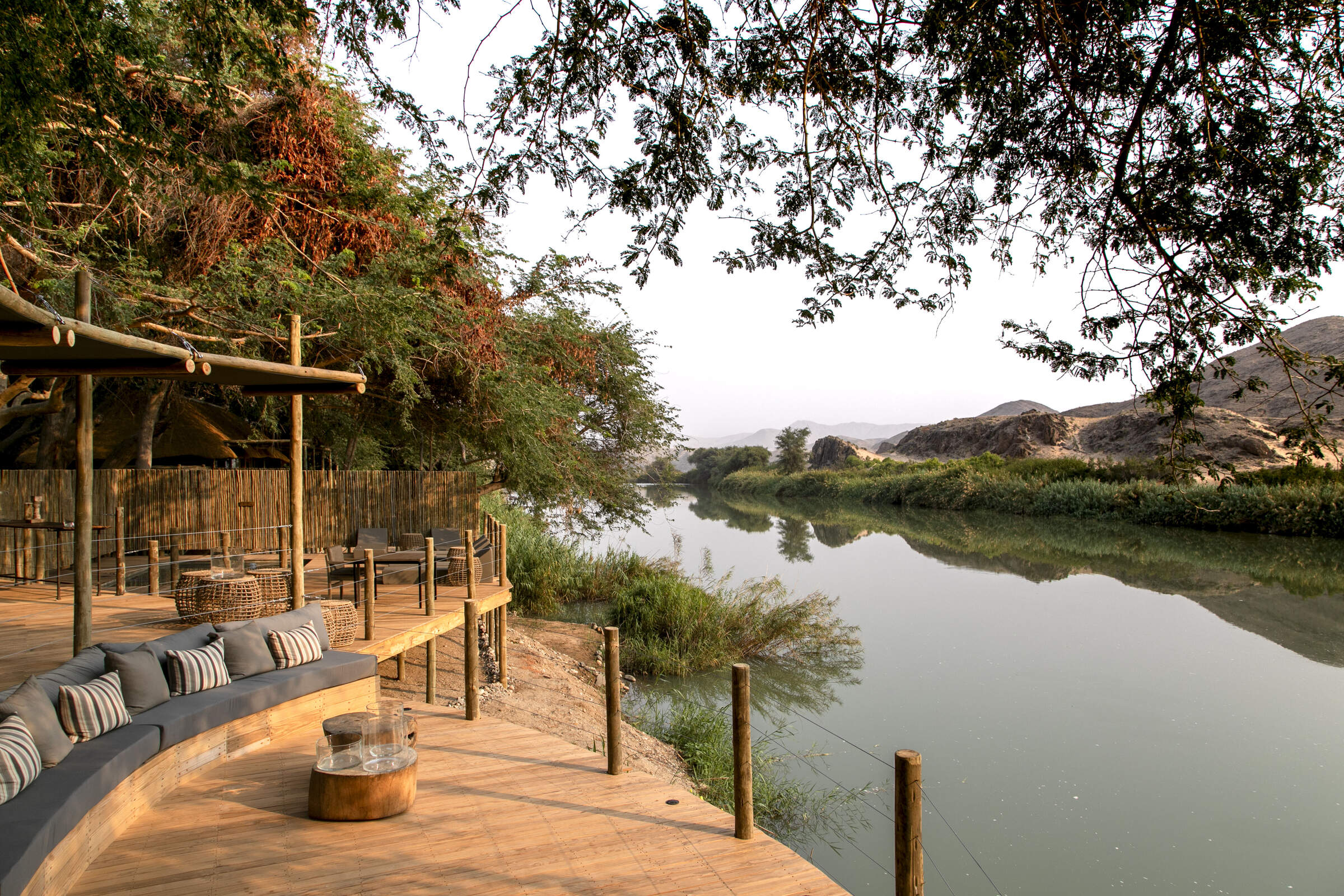
Serra Cafema
On the banks of the Kunene River, Serra Cafema is one of the most remote camps in Southern Africa. The river’s permanent water and accompanying vegetation provides sanctuary from the surrounding desert, making this a top spot for birdwatching in Namibia.
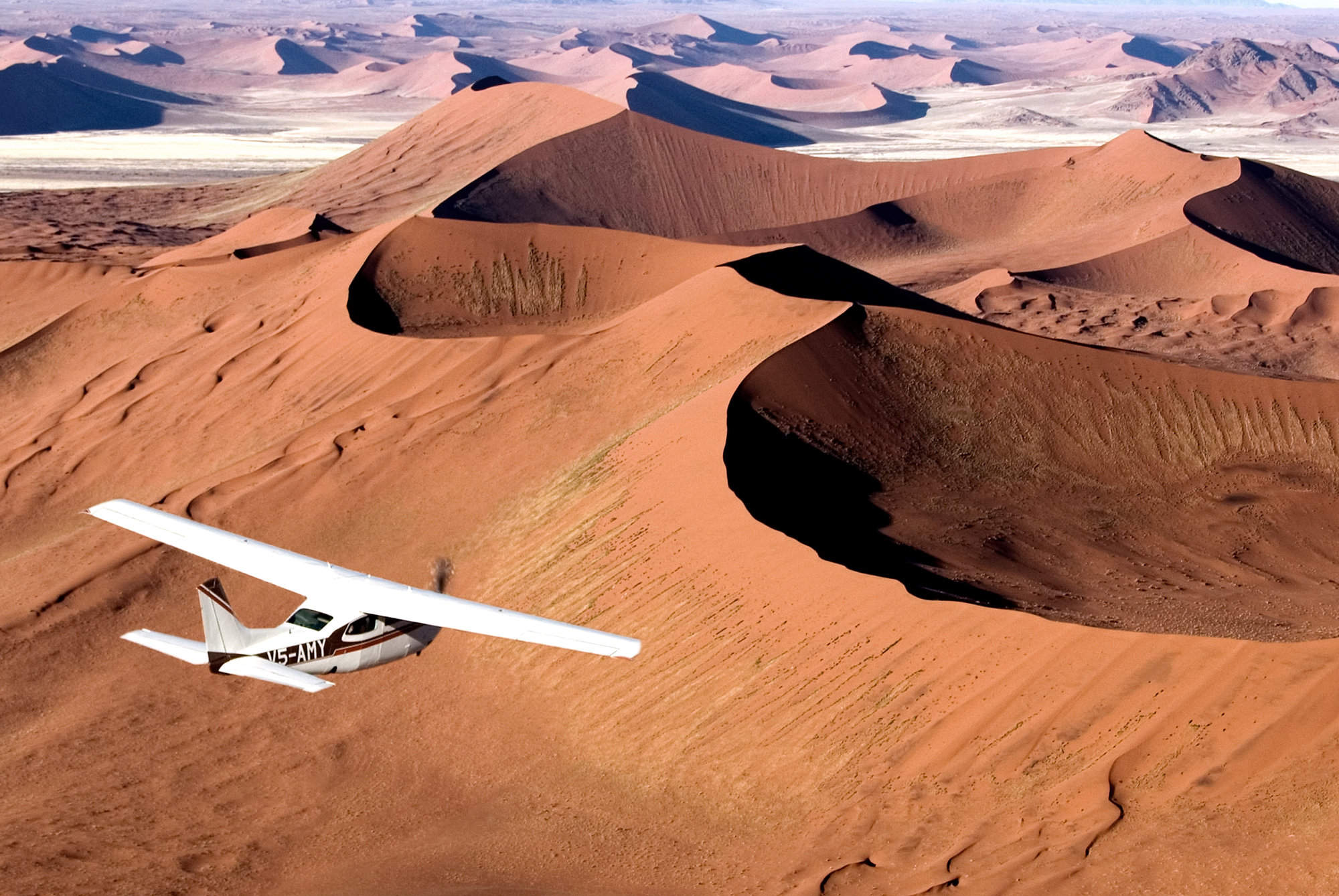
Skeleton Coast Safaris
Exploring with an expert guide on a Schoeman Skeleton Coast Safari is the ultimate opportunity for birdwatching in Namibia. The variety of habitats, ranging from desert to coast to riverine forest, play host to some of the country’s birding highlights.
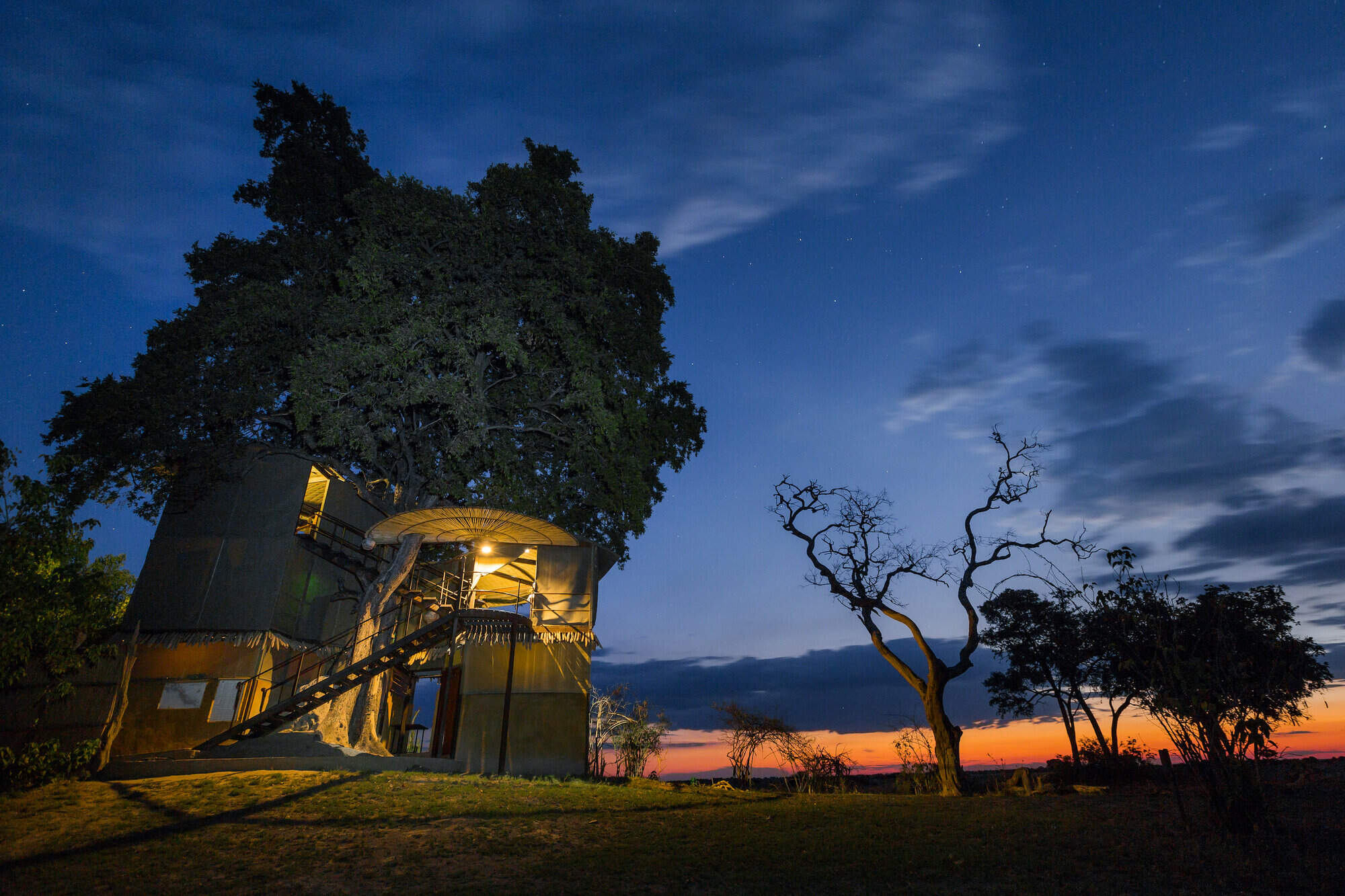
Jackalberry Camp
Deep within the remote Nkasa Rupara National Park, close to the Linyanti River, Jackalberry Tented Camp is a great location for birdwatching in Namibia. A variety of activities allow guests to explore the park’s varied habitats in search of avifauna.
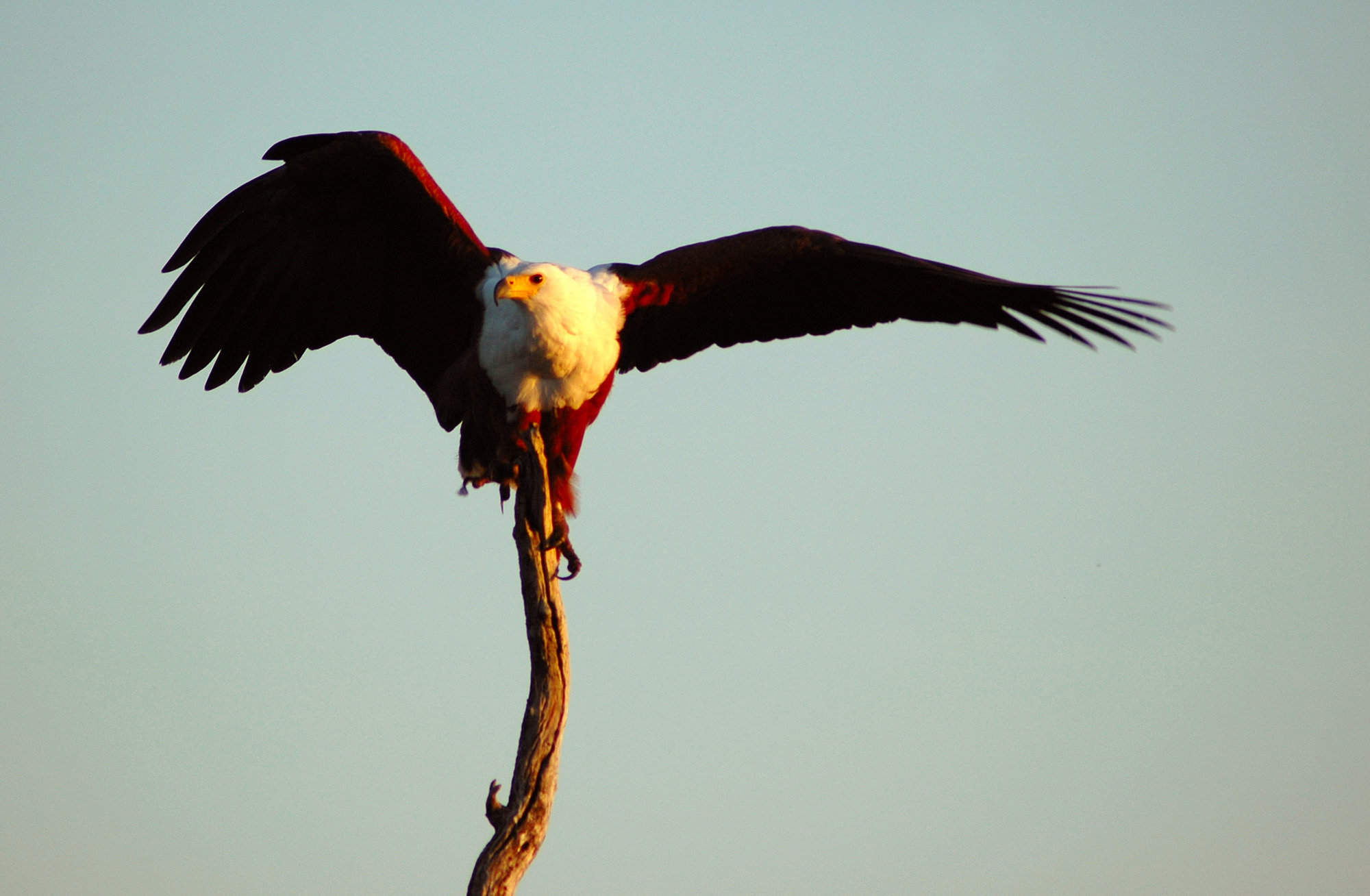
Cascade Island Lodge
Being on a lush island between the Chobe and Zambezi rivers, Cascade is a top Namibia birdwatching destination. Some of the Okavango's specials are found nearby, as well as highly unusual species like the rock pratincoles, which frequent the rapids.
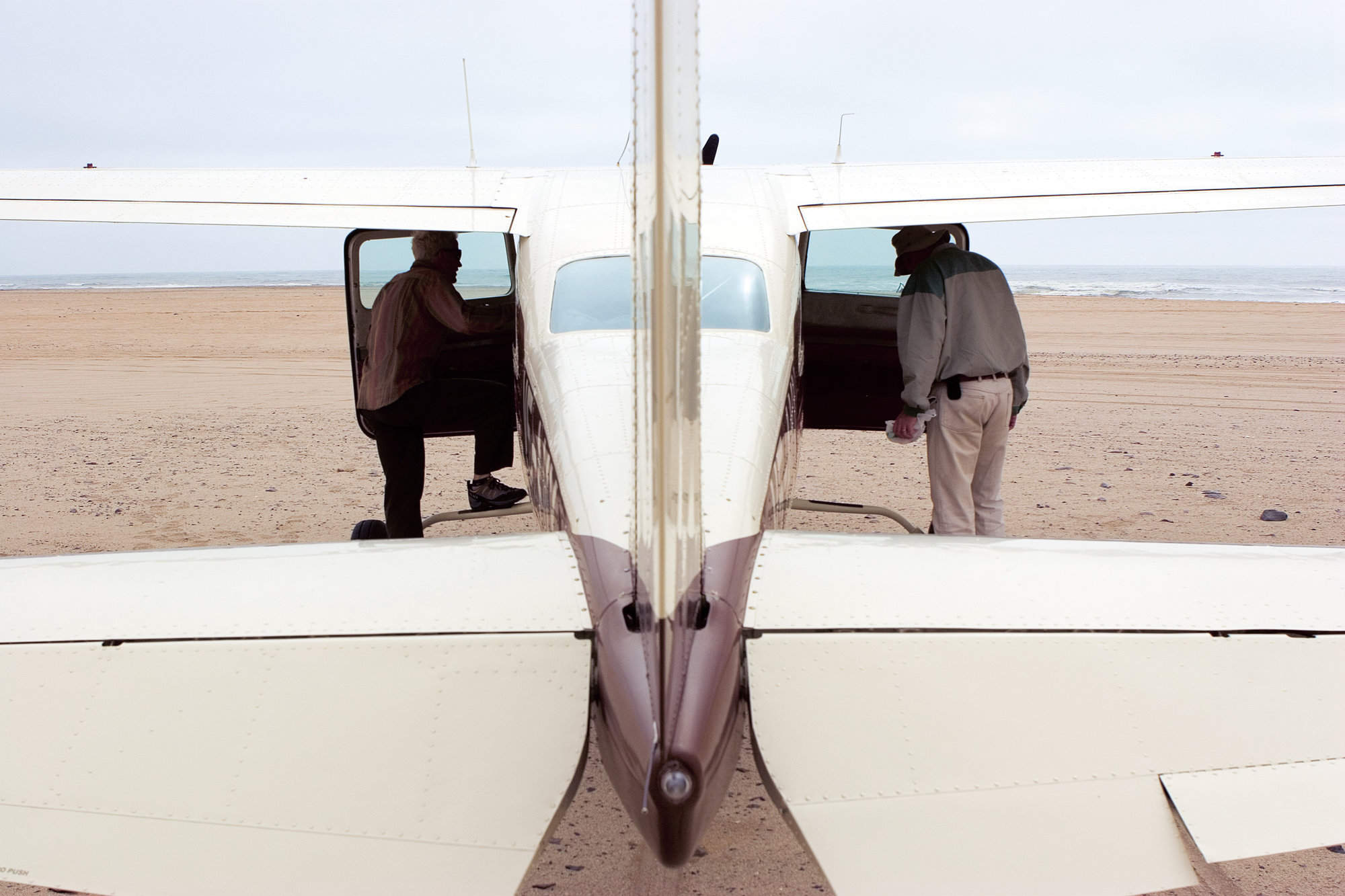
Kunene River Camp
Kunene River Camp on the banks of the Kunene River is a highlight for birdwatching in Namibia. You can expect both desert and riverine species here, from buzzards and gymnogene to kingfishers and bee-eaters, with aquatic birds also in their element.
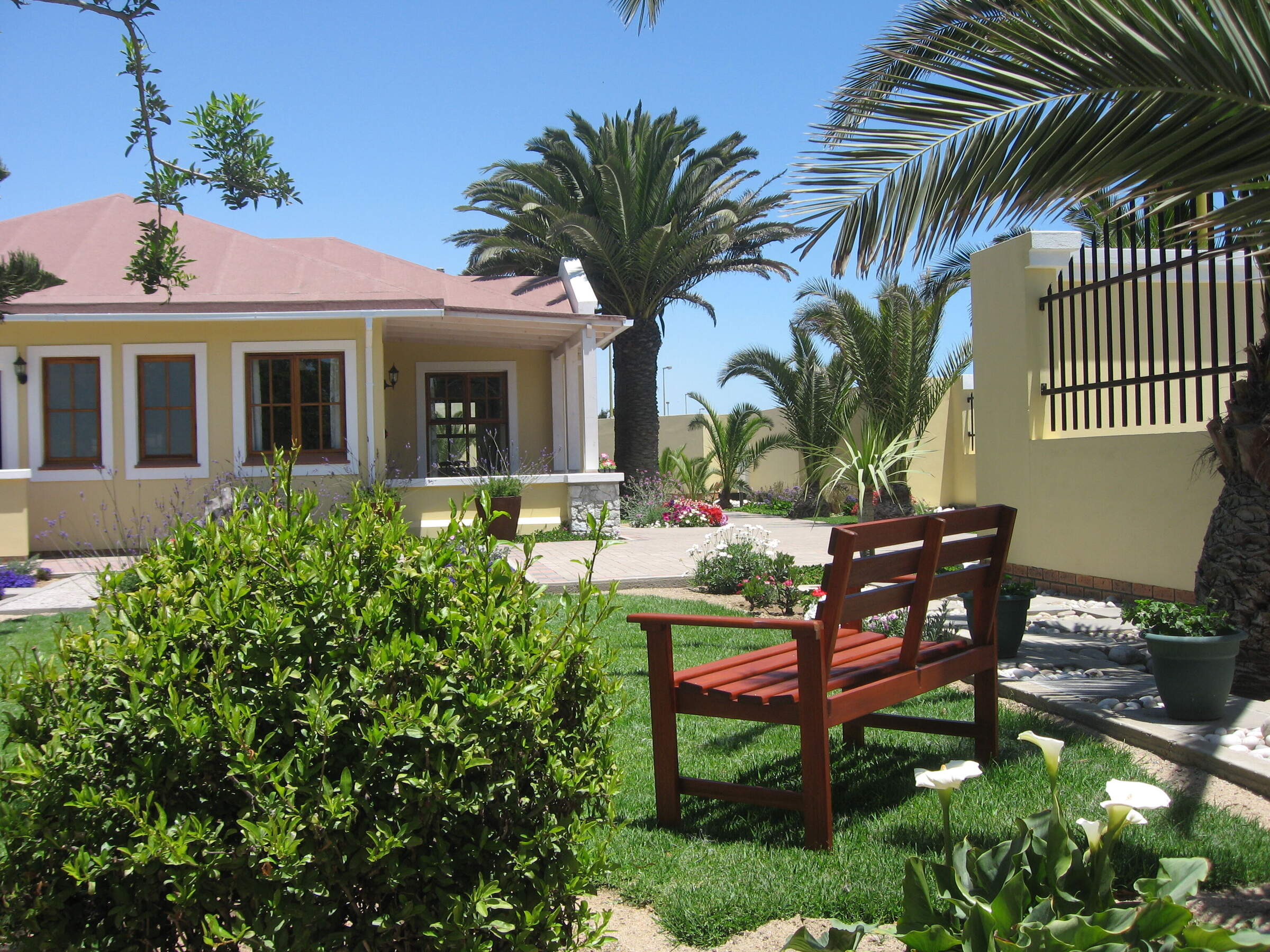
Cornerstone Guesthouse
Although Cornerstone is a town B&B it is a great stop on a self-drive, birdwatching tour of Namibia. Walvis Bay Lagoon with its plentiful waterfowl is just a short drive away while Swakopmund itself is a perfect base for a guided birdwatching tour.
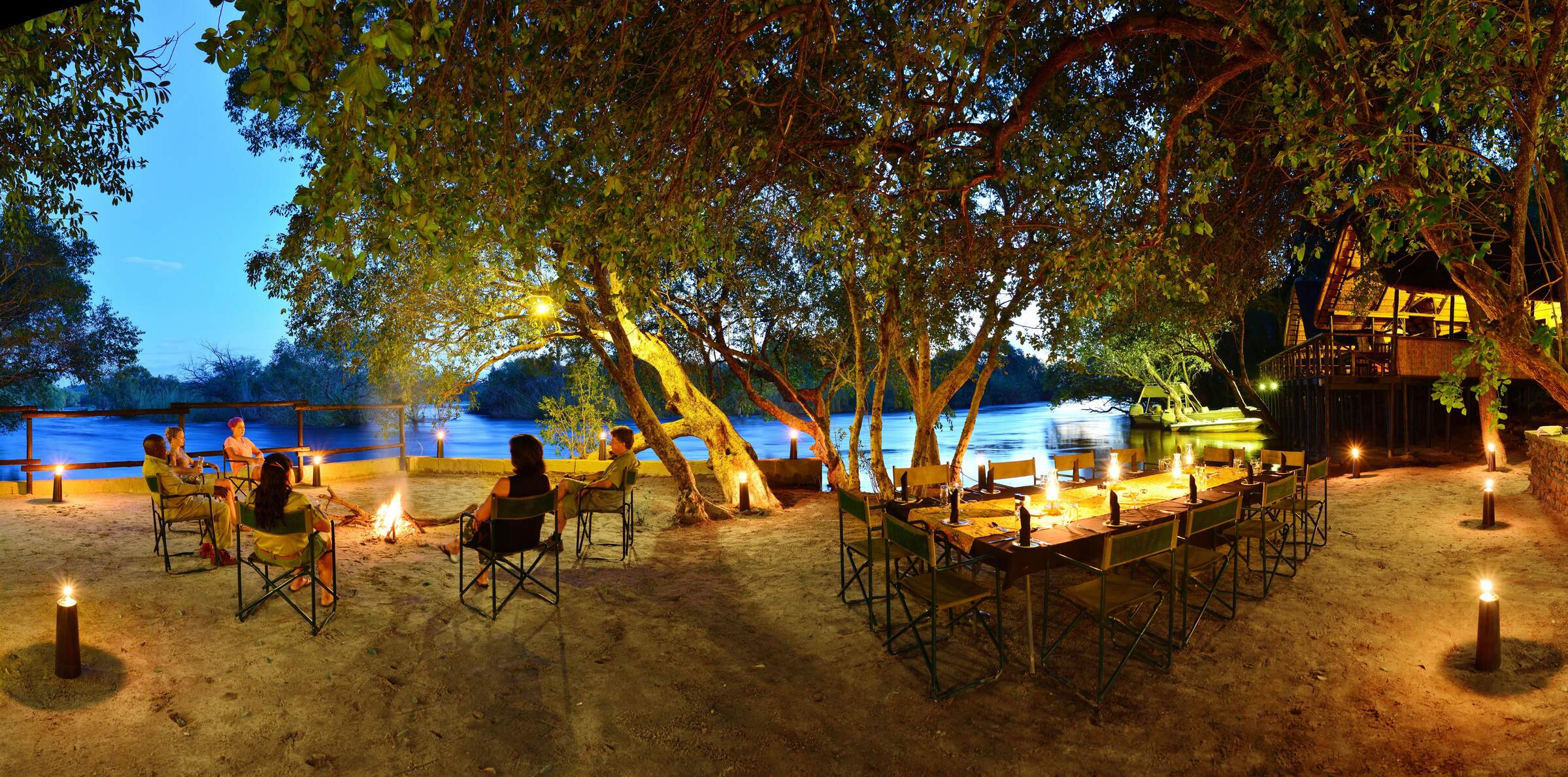
Ichingo Chobe Lodge
Ichingo is on a lush island between the Chobe and Zambezi rivers, and this is a top Namibia birdwatching destination. Some of the Okavango's specials are found here, and highly unusual species like the rock pratincoles, found in bubbling rapids.
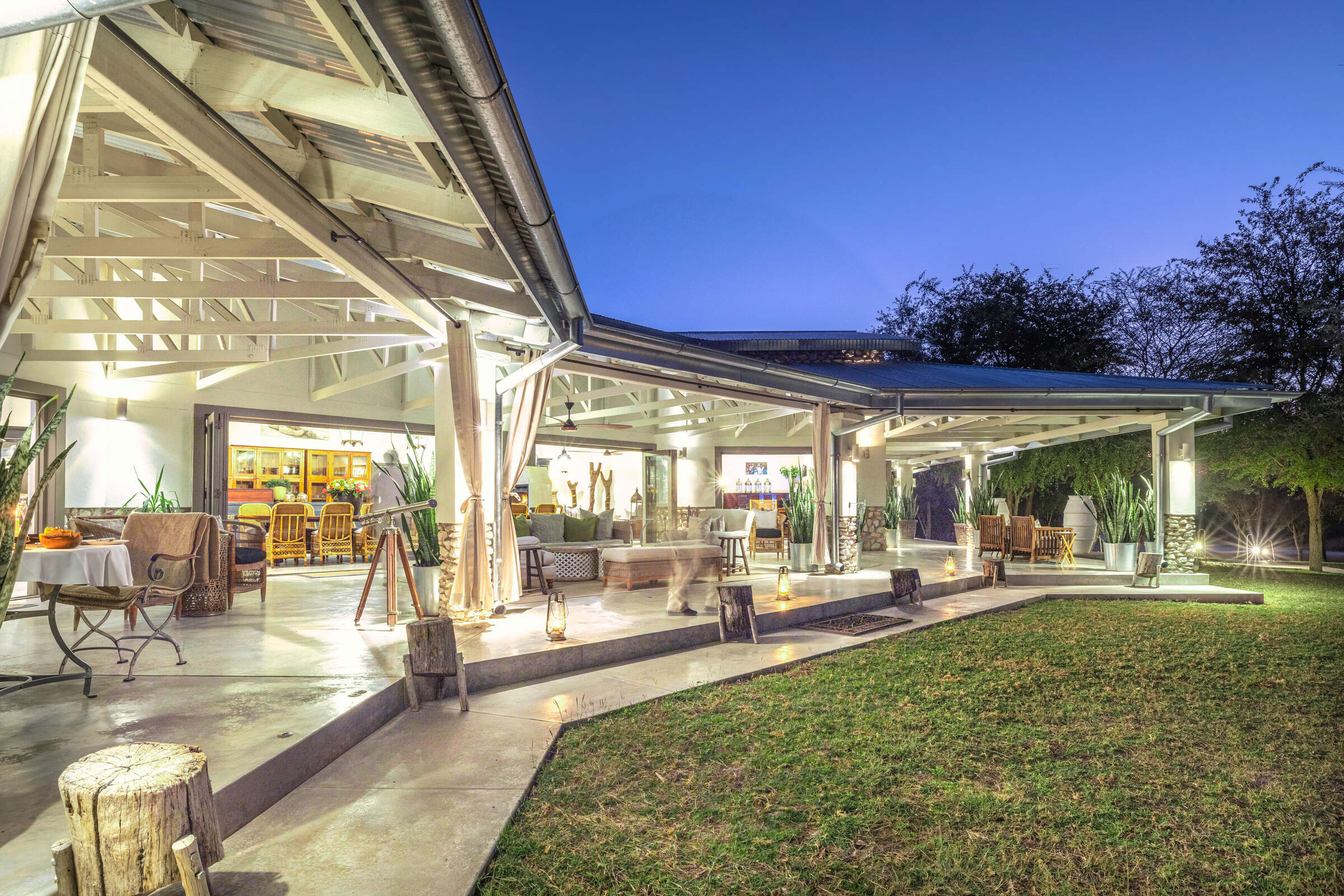
Mushara Outpost
Most visitors to Etosha National Park are drawn by the chance to see Namibia's lager wildlife. However, guided 4WD safaris into the park combined with a small hide at the lodge make Mushara Outpost a good pick for a birding trip to Namibia too.
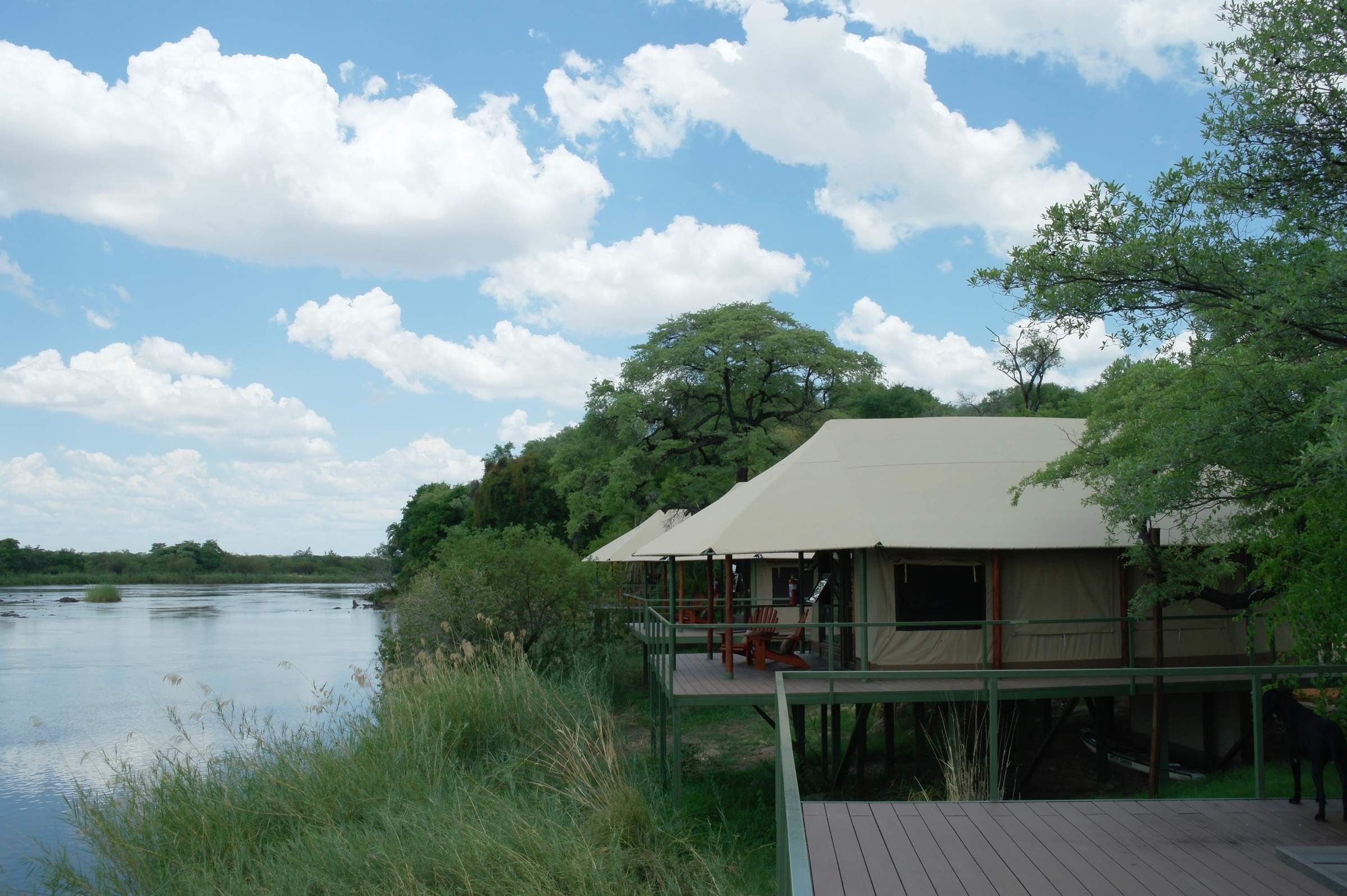
Shametu Lodge
The Mahango Core Area’s varied habitats support the largest variety of avian species in Namibia, making it a perfect place for birdwatching. While Shametu River Lodge isn't the closest camp to Mahango, it is one of our favourites in this area.
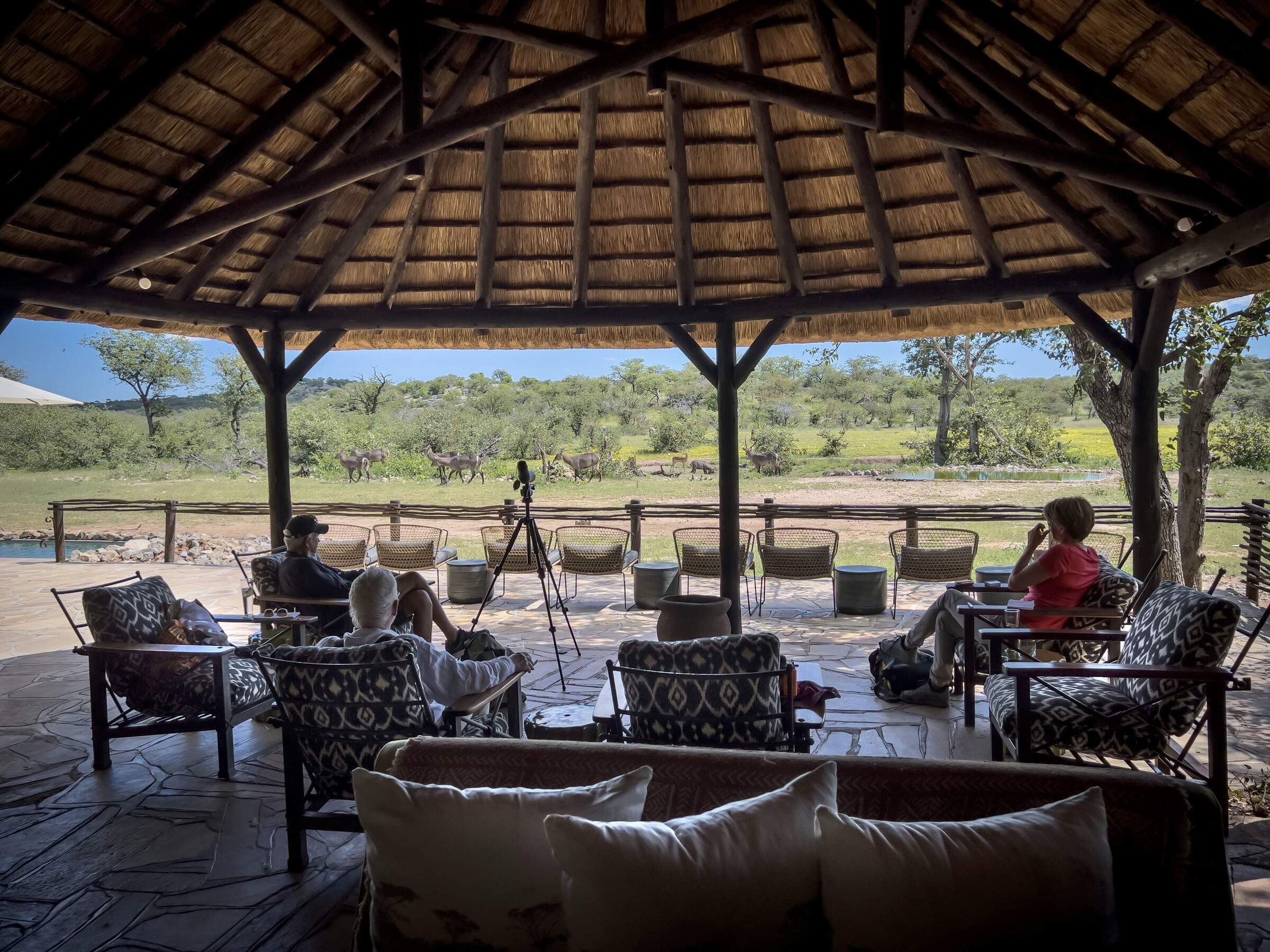
Ongava Tented Camp
Ongava Tented Camp, on the Ongava Reserve and close to Etosha National Park, is a fantastic place for birdwatching in Namibia. Local specials include Namaqua sandgrouse, short-toed rock thrush, acacia pied barbet and yellow-bellied eremomela.
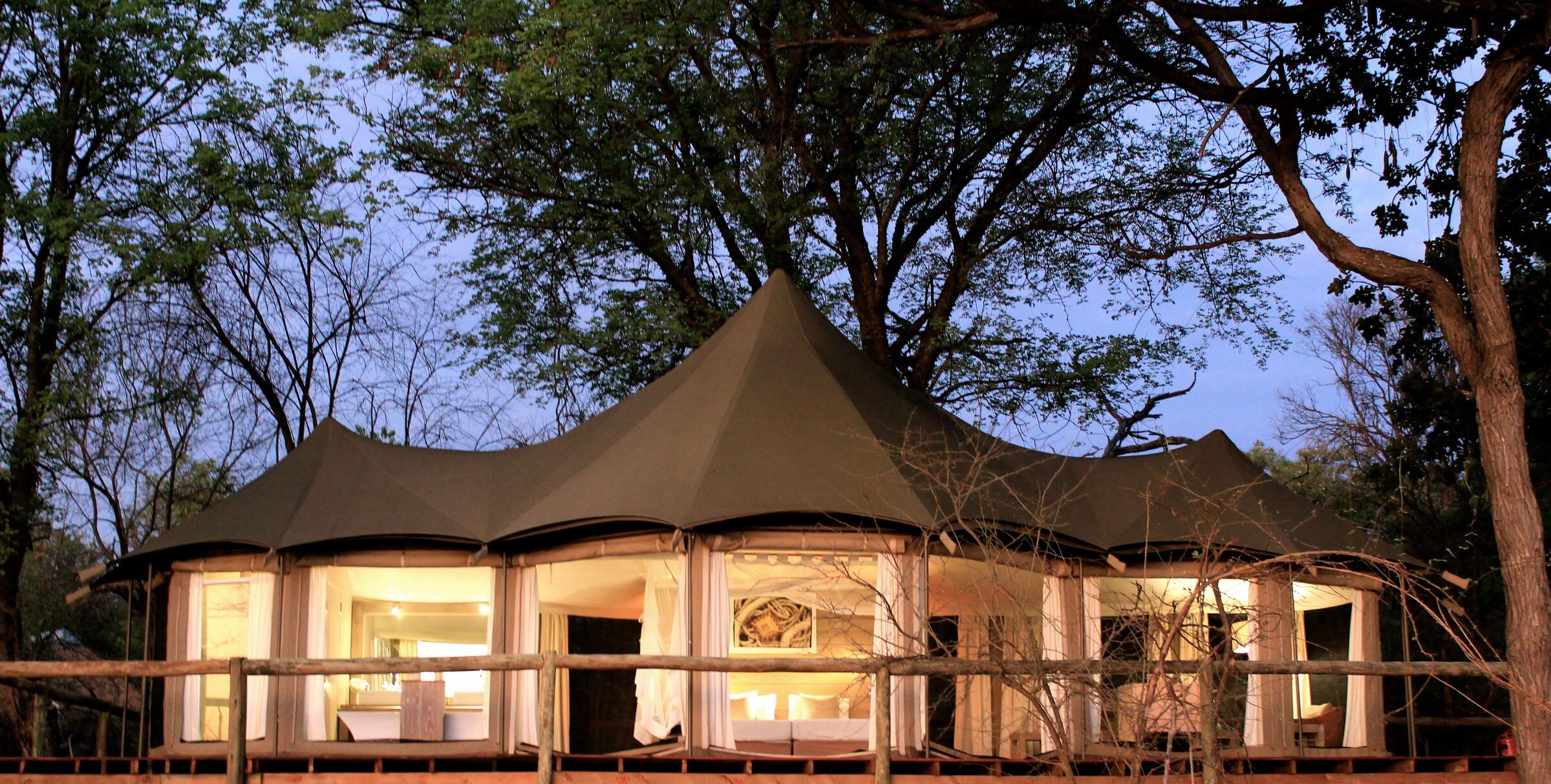
Nambwa Tented Lodge
One of only a few camps located inside Namibia's Bwabwata National Park, Nambwa Tented Lodge is well placed for visitors to this top birdwatching location, whose diverse range of habitats includes reed-fringed waterways and mature woodlands.
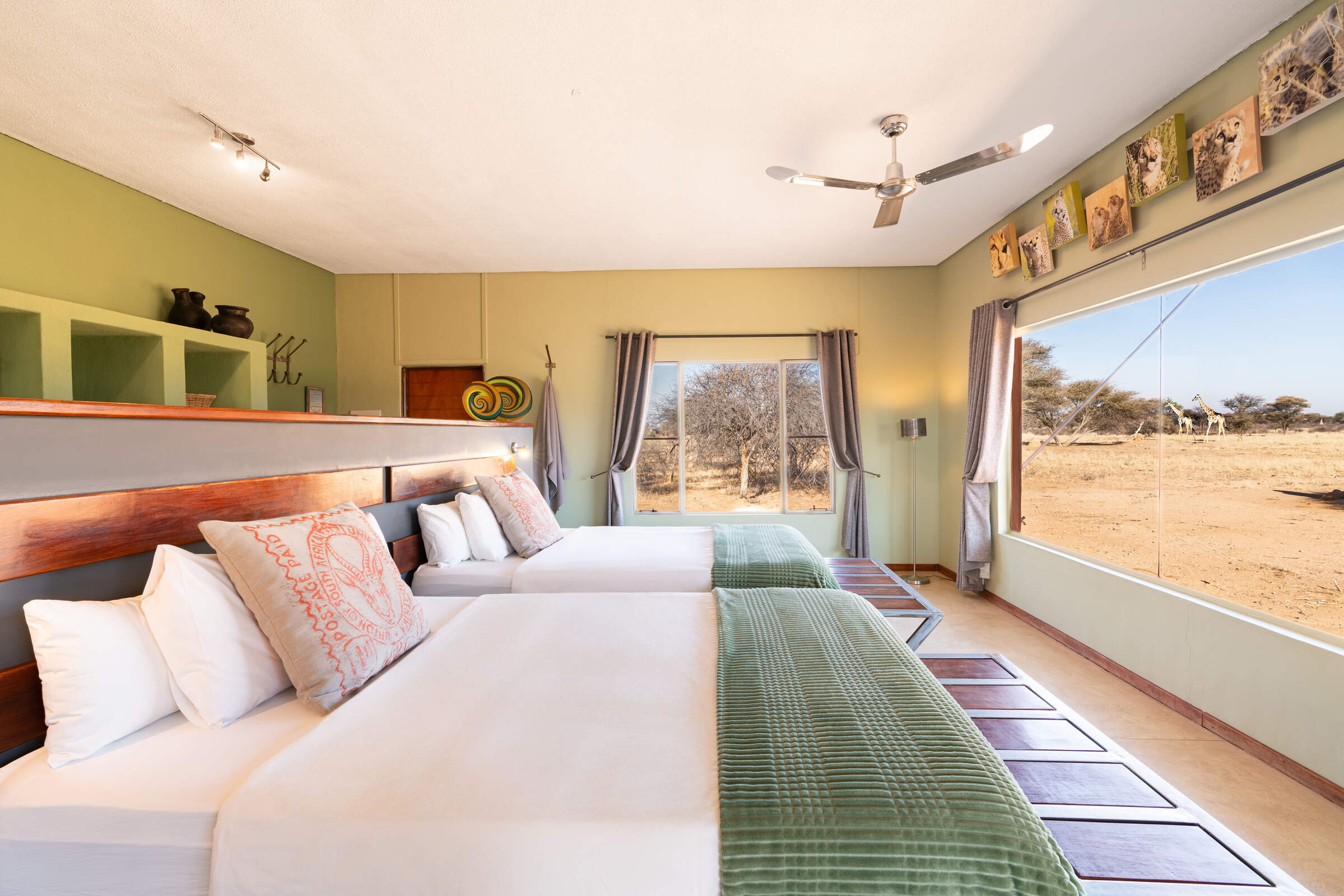
Okonjima Plains Camp
Okonjima boasts birdlife typical of Namibia's Central Highlands. The guided or self-guided walks pass by a variety of watering points, including dams, lakes and even bird-baths – making a lovely addition to a Namibian birdwatching break.
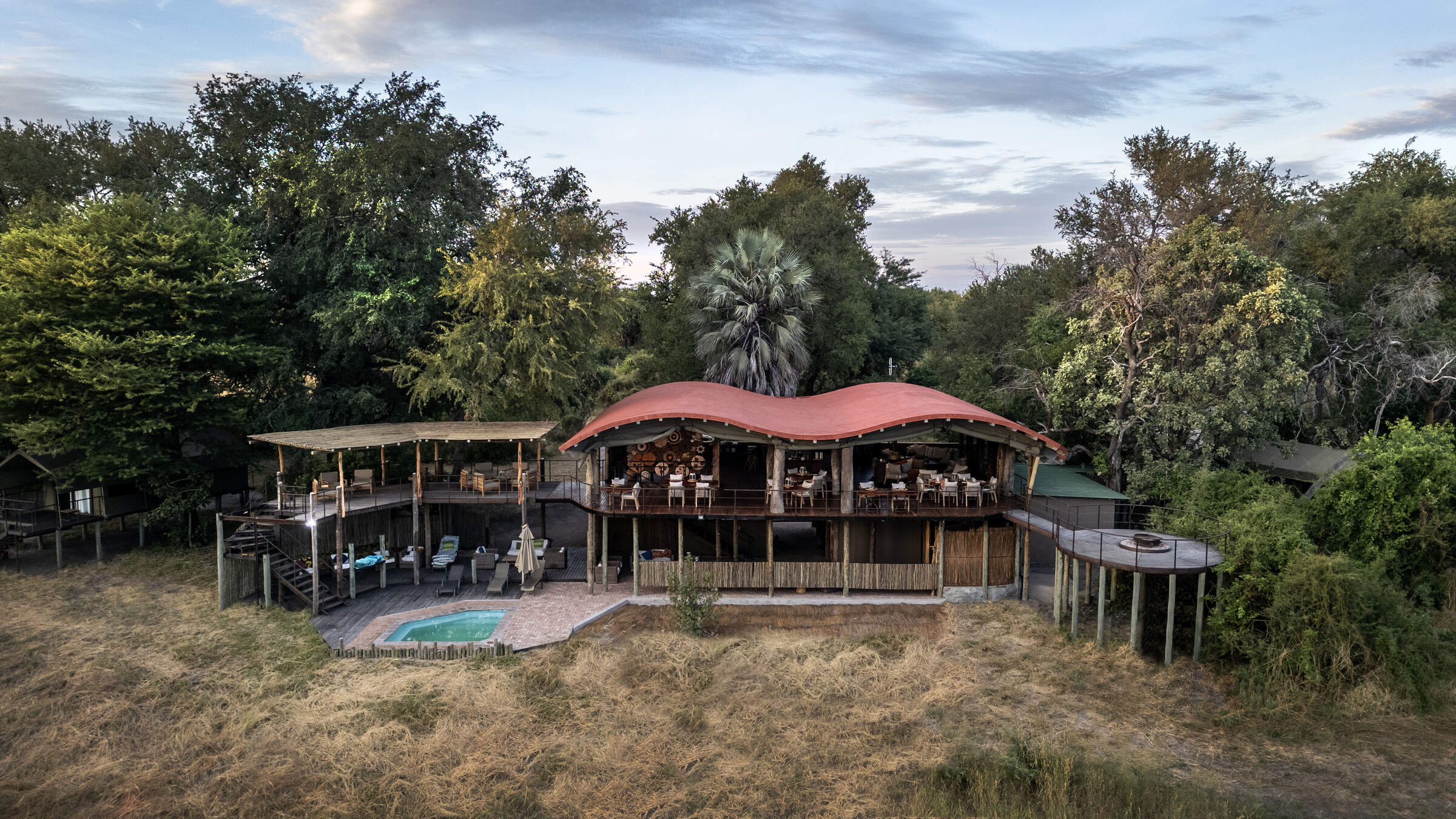
Nkasa Lupala
Namibia's largest wetland area with conservation status, Nkasa Rupara National Park boasts more species of bird than anywhere else in the country. Nkasa Lupala is ideally located for birdwatching be it on foot, by vehicle or by boat.
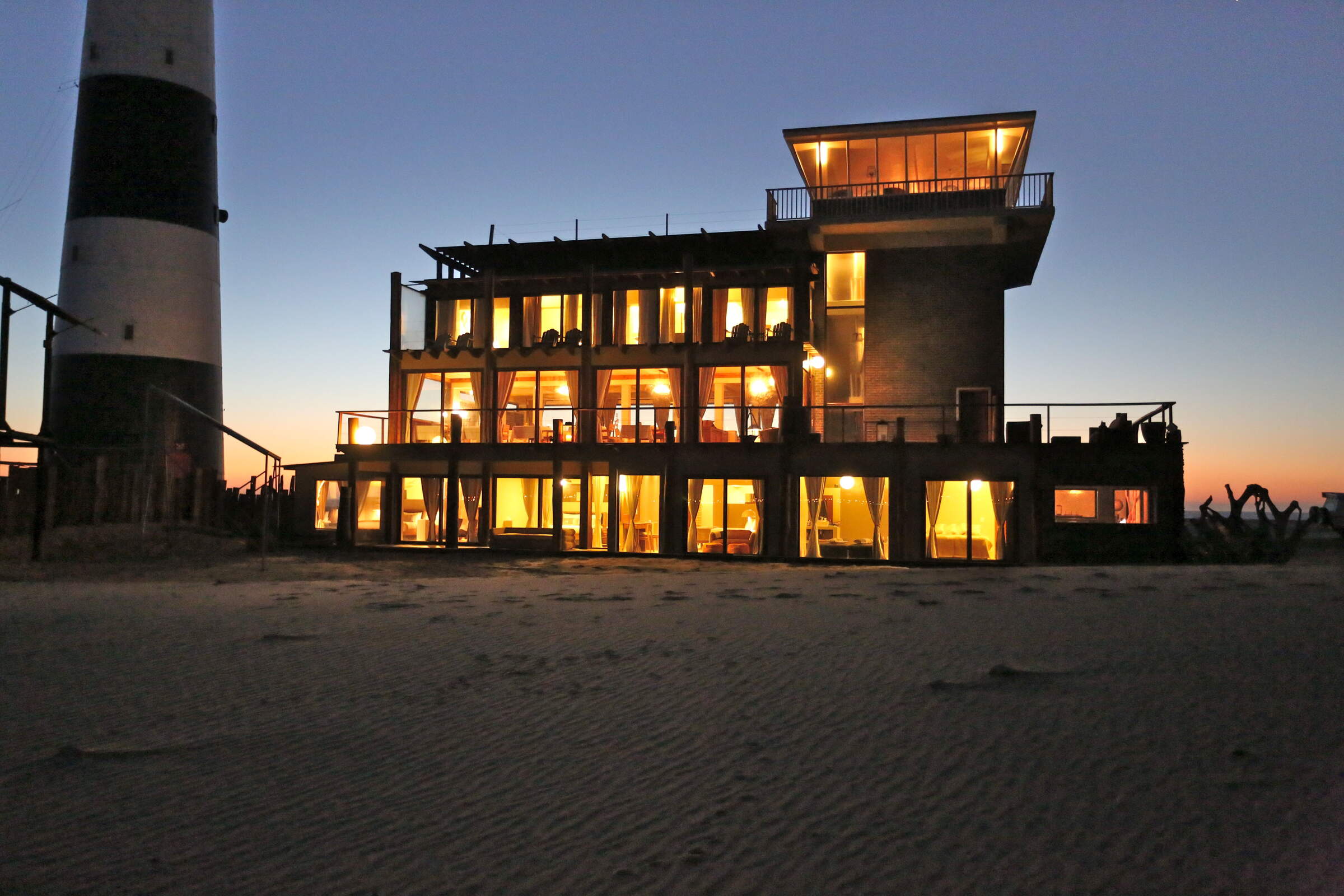
Pelican Point Lodge
Pelican Point Lodge is a secluded base for part of a Namibia birdwatching holiday. Come for flocks of sea-birds, including damara terns, cormorants and pelicans – and nearby perhaps flamingos in the protected Walvis Bay Wetlands.
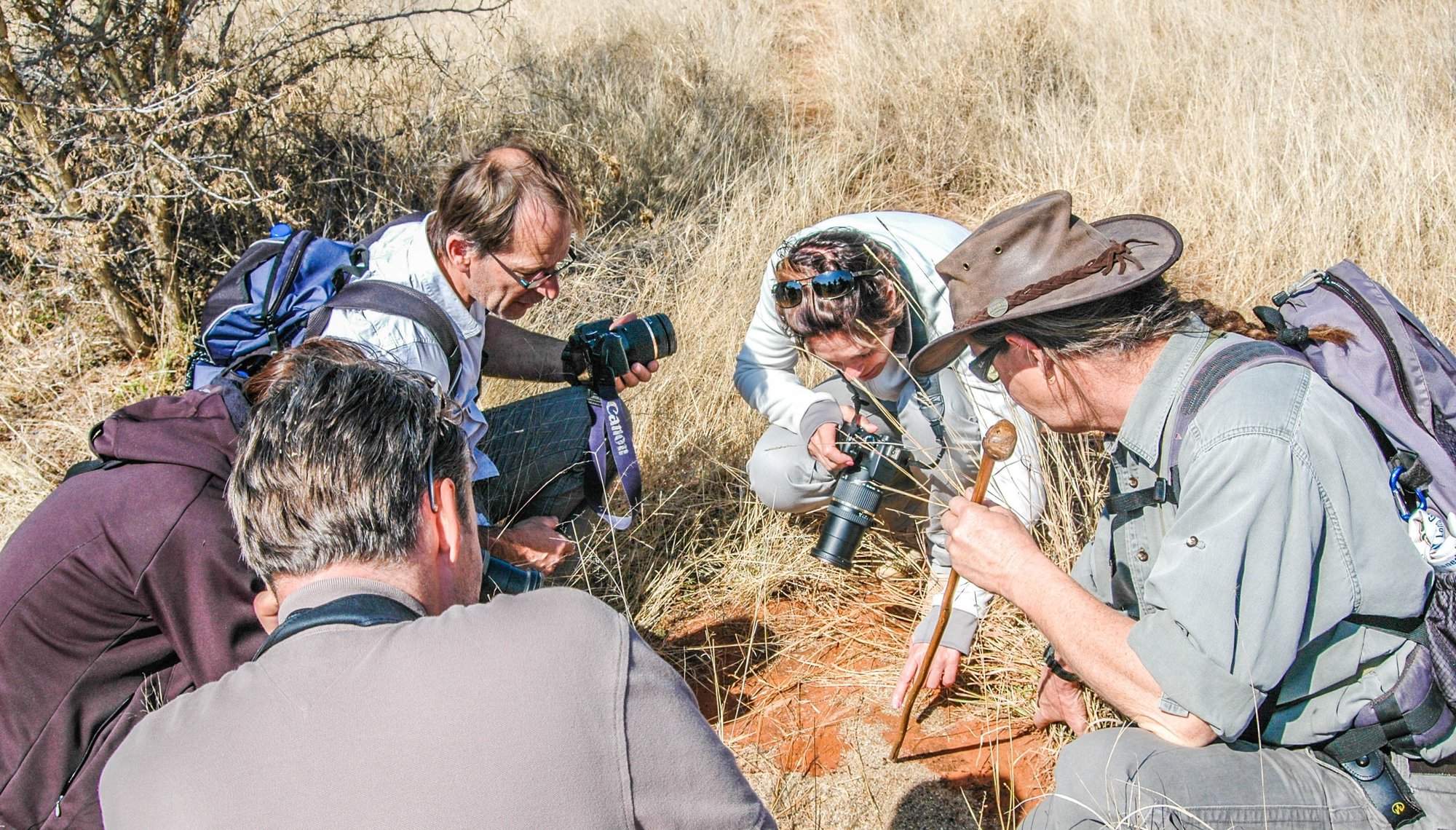
Mundulea Reserve
Namibia's Mundulea Reserve has excellent guiding and some first-class birding. The environment ranges from kopjes to open plains, with a good variety of birds such as Rueppell's parrot, paradise flycatchers and plenty of raptors.
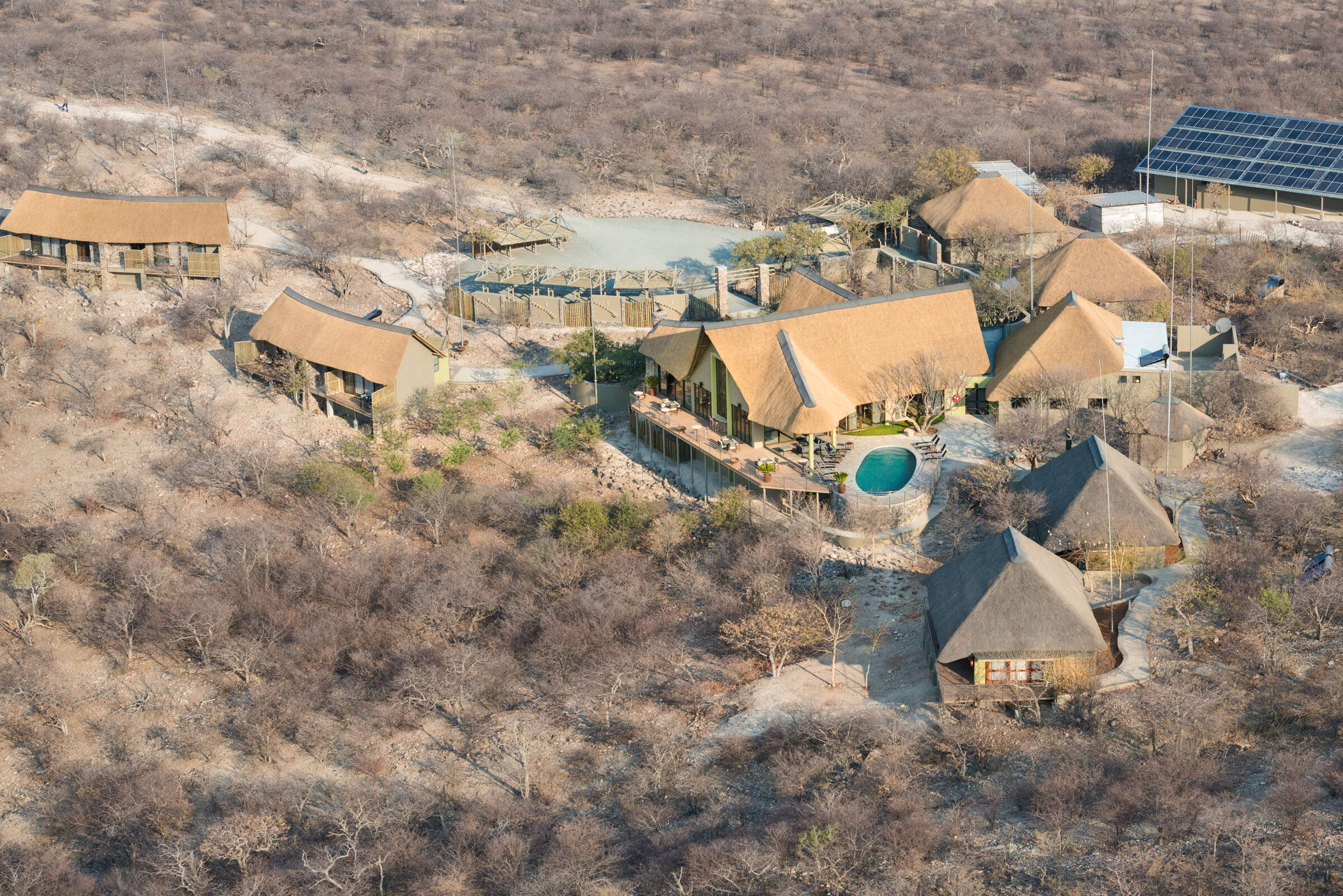
Safarihoek Lodge
For many, the draw of the Etosha Heights Reserve is the chance to see some of Namibia's larger animals. However, with a superb split-level hide and expert guides, Safarihoek Lodge also offers some very rewarding birdwatching.
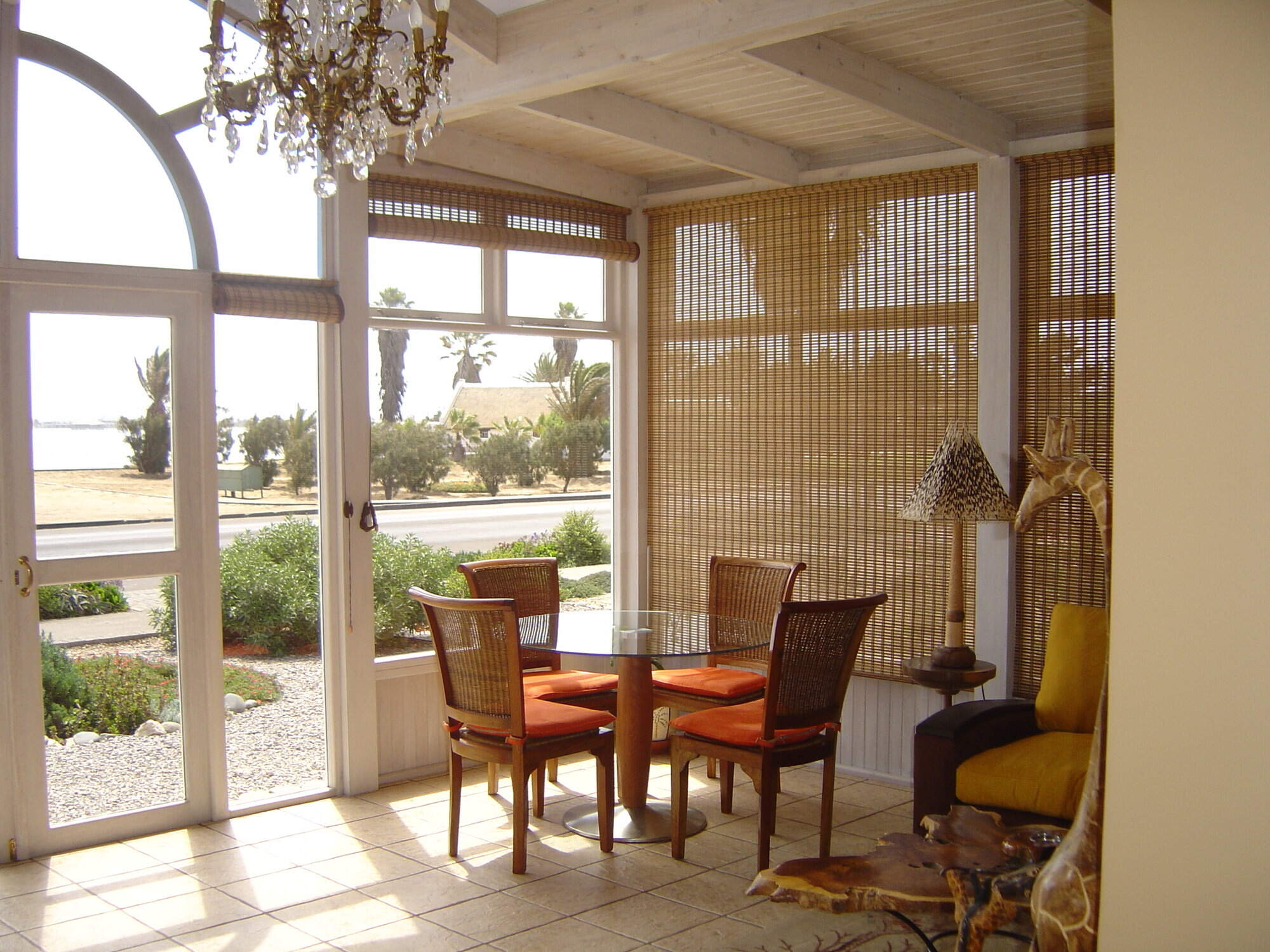
Lagoon Lodge
Walvis Bay is a popular destination for birdwatching in Namibia. Many species can be seen in the Walvis Bay area, ranging from Namibia’s endemic Dune Larks to the migrant Ruddy Turnstones and resident Damara Turns To Make.
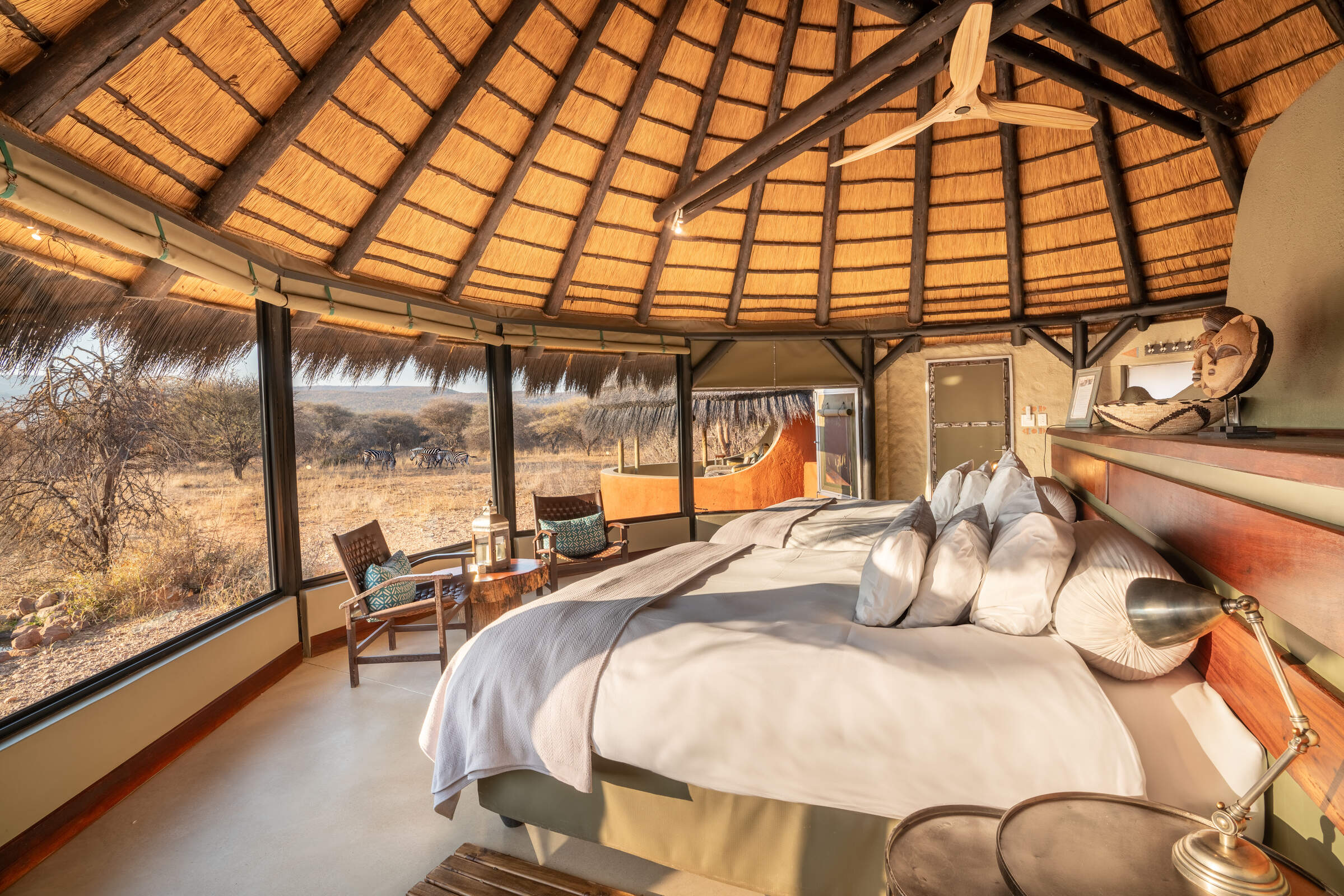
Okonjima Bush Camp
For birdwatching in Namibia, the guided and self-guided walks around Okonjima can be excellent. The lodge itself also has a variety of watering points, bird-baths, dams and lakes that help to attract the local birdlife.
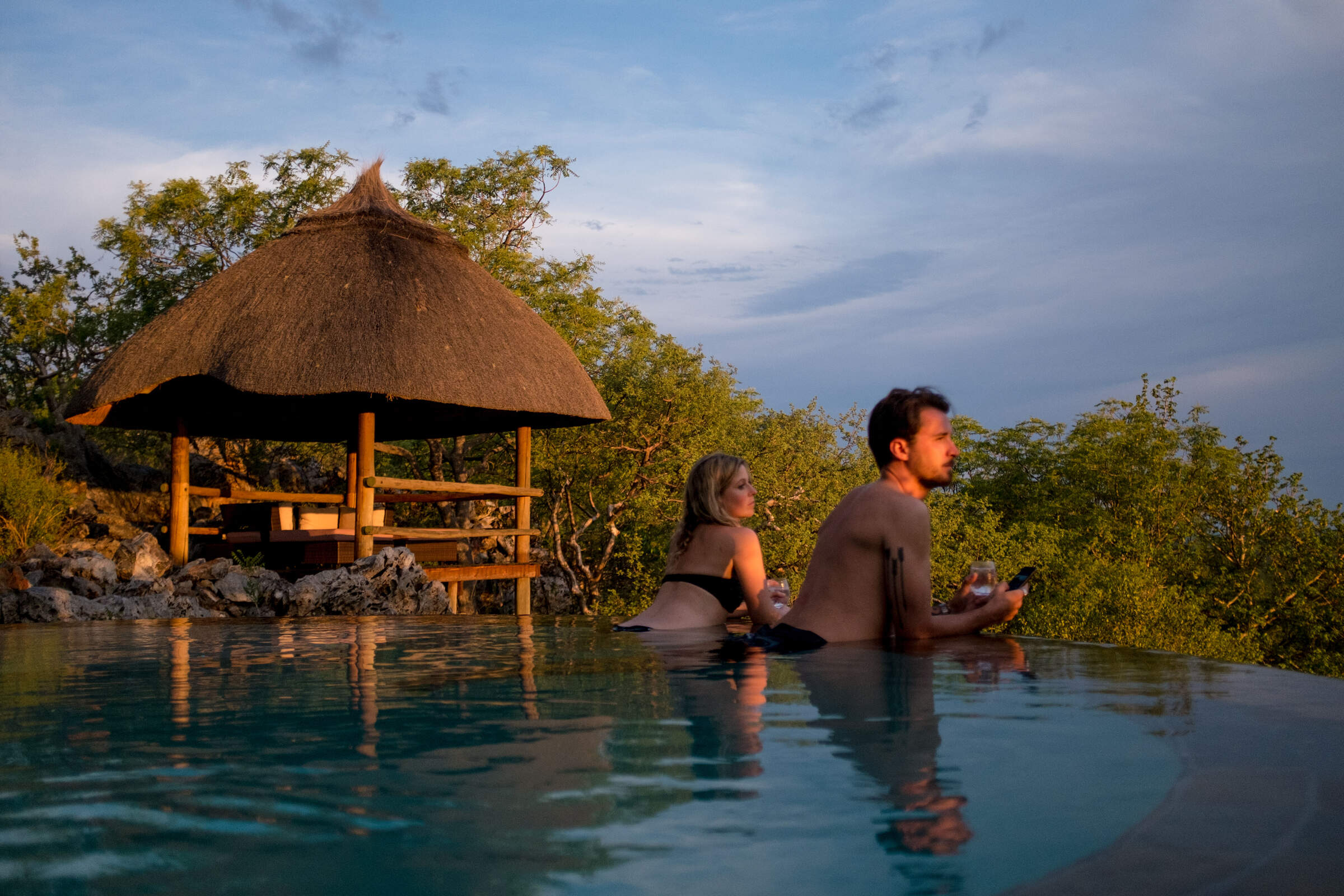
Little Ongava
Birding at Ongava Reserve and Etosha make a great addition to a Namibia birdwatching break, with over 300 species of bird, including the violet wood-hoopoe, bare-cheeked babbler, red-necked falcon and Carp's tit.

Chobe Water Villas
Whilst perhaps not the spot for unique species sightings, the sheer volume of birds inhabiting the river banks near Chobe Water Villas makes it a great spot for birdwatching in Namibia.
Ideas for birdwatching elsewhere in Africa
Ideas for holidays in other countries which are great for watching birds
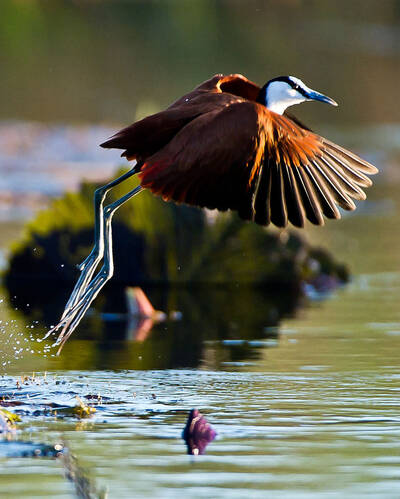
Botswana
Much of northern Botswana consists of vast tracts of untouched wilderness with plenty of wildlife...
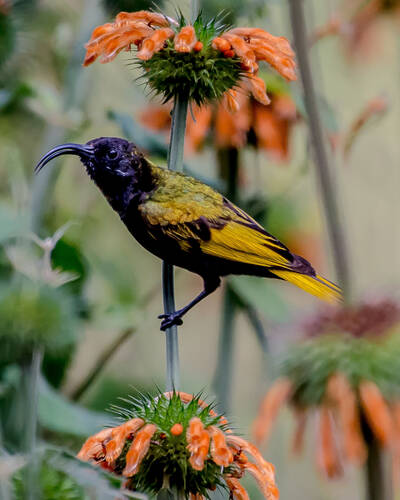
Kenya
Kenya is a prime destination for a birdwatching holiday at any time of year. Tremendous geographical ...
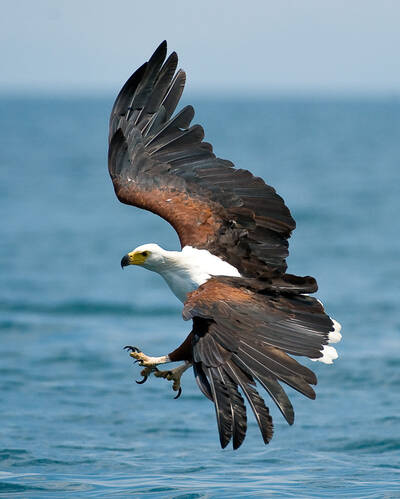
Malawi
Malawi has a number of species which are rare in the rest of Southern Africa, and birdwatching ...
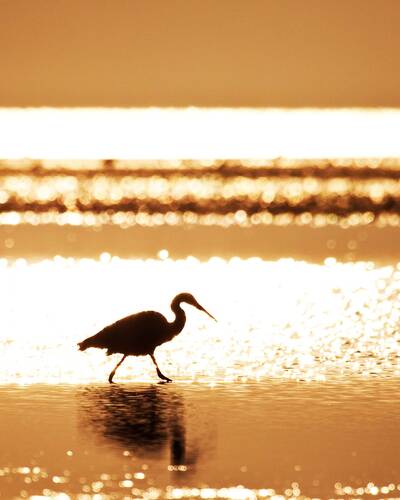
Mozambique
Mozambique stretches over 2000km from north to south. It is a lush and varied country, and birding ...
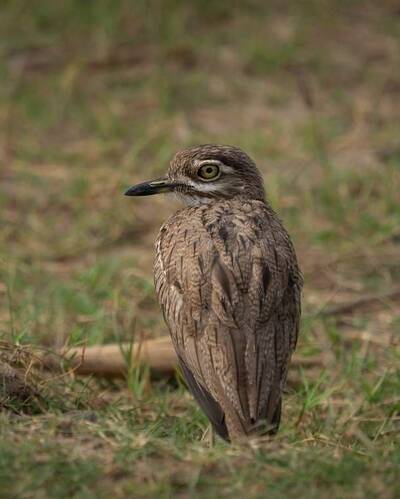
Rwanda
Birdwatching in Rwanda is somewhat overlooked in favour of gorilla-trekking trips. However, birdlife ...
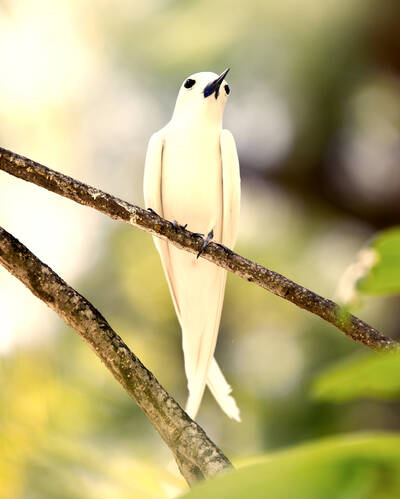
Seychelles
The Seychelles is a disparate group of islands - some granitic; some coralline - scattered around ...
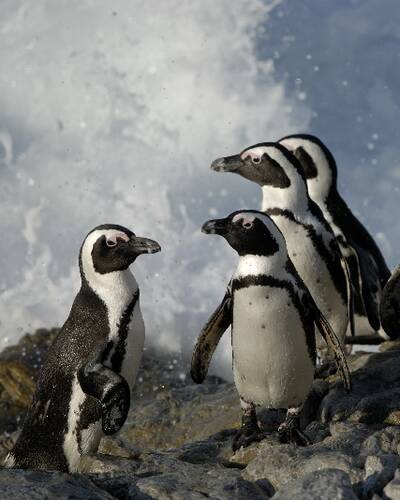
South Africa
South Africa has the highest number of endemic bird species in mainland Africa. Birding in the ...
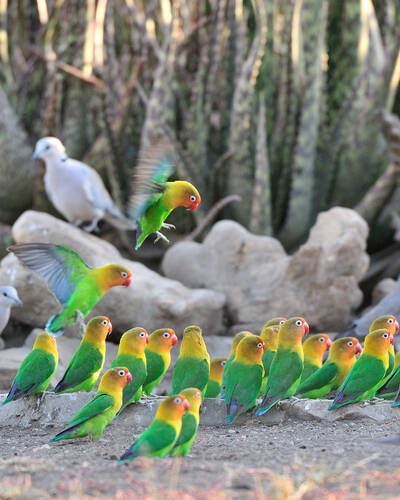
Tanzania
With a range of endemic bird species, Tanzania is a great location for a birdwatching holiday. ...
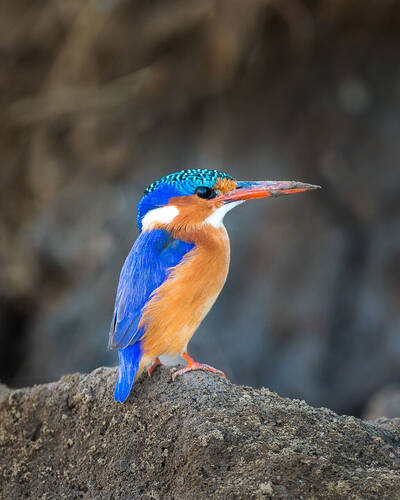
Zambia
Birdwatching in Zambia will reveal a mix of south, east and even central African birds. Birdlife ...
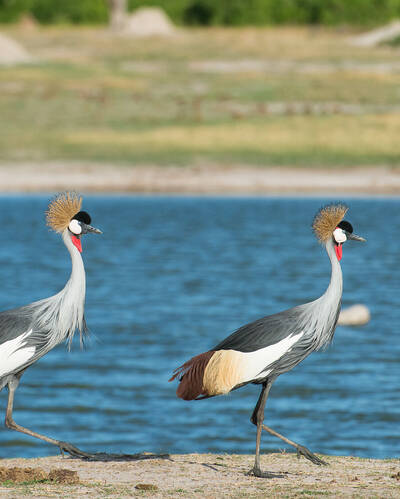
Zimbabwe
Whilst Zimbabwe doesn't have any endemics, it's still great for bird watching. A Zimbabwe holiday ...
Where to find the best wildlife viewing in Africa
Maximise your chances of seeing your favourite African species using our traveller sightings reports from the field.
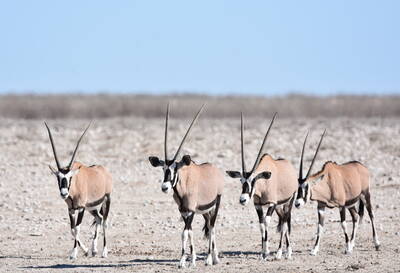
Oryx
Oryx sp.
Oryx are impressive antelopes, with a powerful physique and elegant markings set off by rapier-like horns. They cut a distinctive dash in some of Africa’s harshest landscapes.
69% SUCCESS
1,631 sightings from 2,373 observations
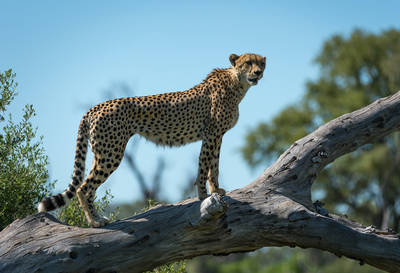
Cheetah
Acinonyx jubatus
The cheetah is the fastest land animal and the only cat that hunts by pure speed. Found largely in open grasslands, its slim, elegant form is today an increasingly rare sight.
33% SUCCESS
1,308 sightings from 3,927 observations
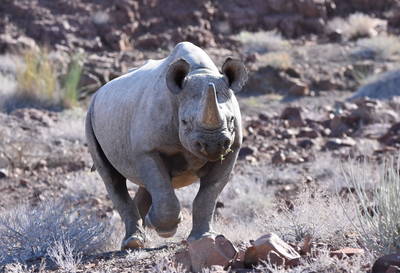
Black Rhino
Diceros bicornis
The black rhino is the smaller and rarer of Africa’s two rhino species but has the more fearsome reputation. Shy and heavily persecuted, it tends to stick to cover.
30% SUCCESS
762 sightings from 2,538 observations
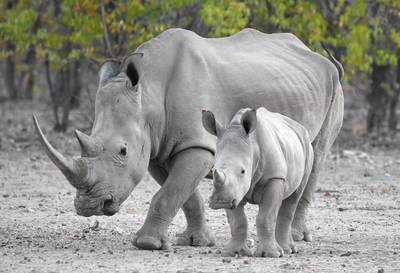
White Rhino
Ceratotherium simum
The white rhino is the largest and most numerous of the world’s five rhinoceros species. They are larger, easier to see and generally more approachable than the black rhino.
44% SUCCESS
626 sightings from 1,439 observations
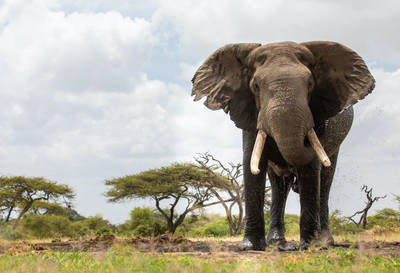
Elephant
Loxodonta africana
By far the biggest of the so-called Big Five – indeed, the largest land animal on the planet – the elephant shapes the very landscape it inhabits and is a defining presence on any safari.
91% SUCCESS
4,502 sightings from 4,949 observations
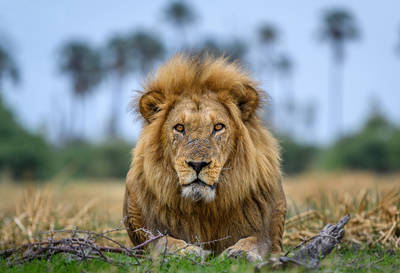
Lion
Panthera leo
Lions are at the top of the food chain and also most safari wish-lists, but with their numbers falling fast, any encounter with these majestic apex predators always feels like a privilege.
81% SUCCESS
3,732 sightings from 4,611 observations
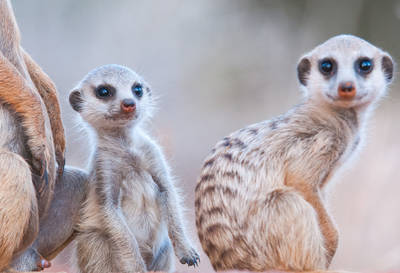
Meerkat
Suricata suricatta
These highly sociable little mammals have an endearing appearance and comical antics. Found in the drier areas of Southern Africa, close encounters are a sought-after experience.
20% SUCCESS
104 sightings from 519 observations
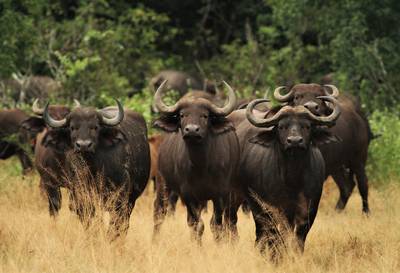
Buffalo
Syncerus caffer
One of the ‘Big Five’, buffalo earned a fearsome reputation in hunters’ tales. By contrast, big herds of these sociable bovids are placid, but mount formidable defences against predators.
83% SUCCESS
3,142 sightings from 3,793 observations
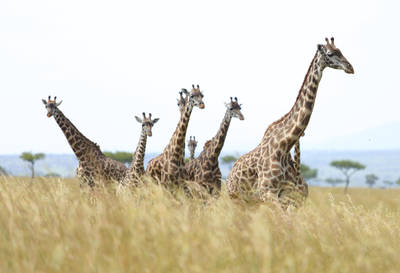
Giraffe
Giraffa camelopardalis
The world’s tallest land mammal, giraffes are herbivores which have evolved many unique adaptations. Their iconic outlines tower above the bush in many of Africa’s wildlife areas.
86% SUCCESS
4,343 sightings from 5,072 observations
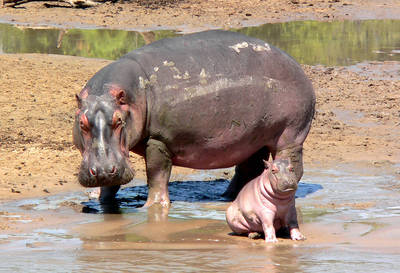
Hippo
Hippopotamus amphibius
The territorial calls of the hippo create a signature soundtrack to Africa’s rivers & wetlands. Despite an endearing smile, this aquatic herbivore has a notoriously aggressive disposition.
89% SUCCESS
3,276 sightings from 3,675 observations
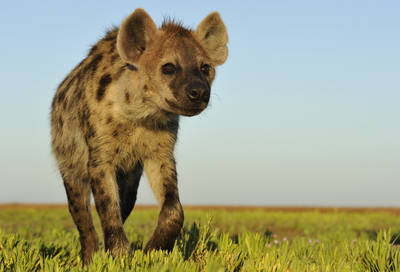
Spotted Hyena
Crocuta crocuta
The spotted hyena may be thought of as ‘ugly’ and ‘cowardly’. In fact, this versatile and intelligent carnivore is one of Africa’s most fascinating and warrants attention on any safari.
55% SUCCESS
2,659 sightings from 4,872 observations
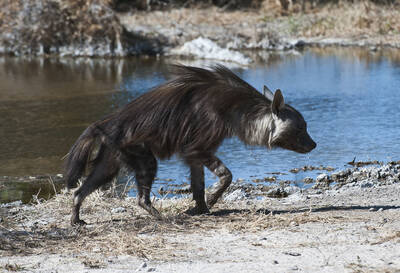
Brown Hyena
Parahyaena brunnea
This largely solitary scavenger is one of the more elusive and little-known of Africa’s carnivores. Shaggier than its spotted cousin, it occurs only in the arid southwest of the continent.
16% SUCCESS
297 sightings from 1,913 observations
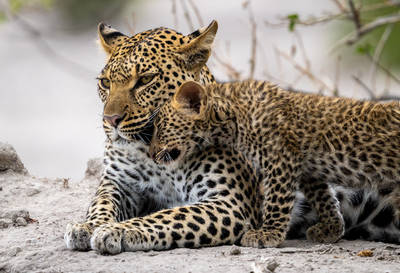
Leopard
Panthera pardus
The most numerous of Africa’s big cats, leopard occur across many habitats, from wild tracts to populated areas. Their grace and their elusive nature make them a unique safari drawcard.
47% SUCCESS
2,403 sightings from 5,120 observations
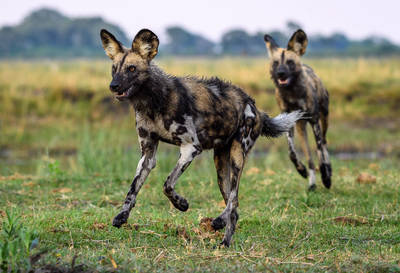
Wild dog
Lycaon pictus
African wild dogs are among the continent’s most compelling animals. Much misunderstood, these rare, tie-dyed canids are amazingly efficient hunters with a fascinating social life.
32% SUCCESS
1,065 sightings from 3,374 observations
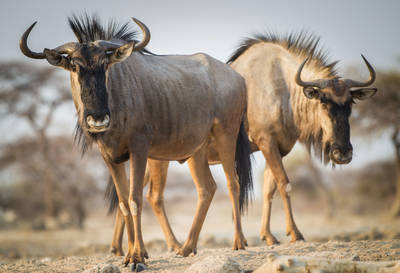
Wildebeest
Connochaetes sp.
Superficially bovine in appearance, wildebeests are known for their spectacular migrations sometimes in huge numbers. These resilient animals are some of Africa’s most successful herbivores.
67% SUCCESS
3,052 sightings from 4,527 observations
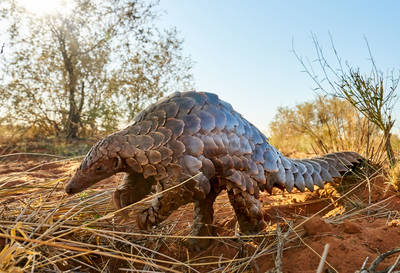
Pangolin
Smutsia sp.
Pangolins appear to be more pine cone than animal in their unique armoury of scales. These nocturnal, ant-eating oddities are not only highly elusive but also increasingly rare.
2% SUCCESS
70 sightings from 4,094 observations
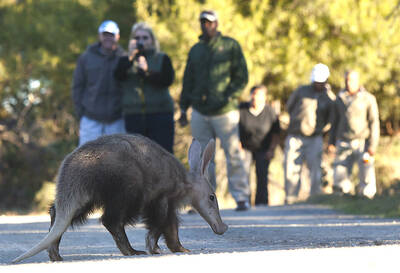
Aardvark
Orycteropus afer
The aardvark is one of Africa’s most bizarre and enigmatic animals. A shy, nocturnal termite-eater, signs of its presence may be scattered about the bush whilst sightings remain elusive.
2% SUCCESS
83 sightings from 4,055 observations
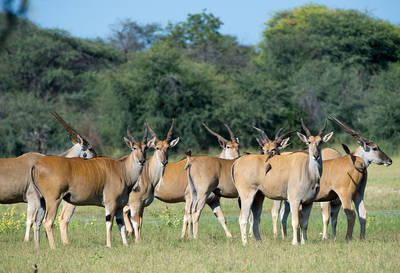
Eland
Taurotragus oryx
Africa’s largest antelope, eland are culturally important from prehistoric rock art to modern game farms. Though widespread, they are also shy so sightings are uncommon and often fleeting.
49% SUCCESS
1,779 sightings from 3,615 observations
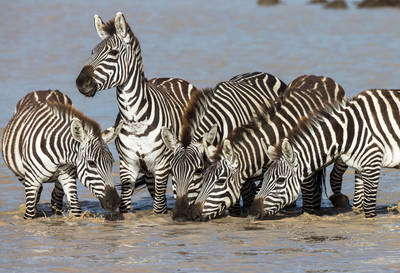
Zebra
Equus sp.
The zebra is a quintessential African animal: the horse in stripy pyjamas at the end of every child’s A–Z. There are three species, of which the plains zebra is much the most common.
84% SUCCESS
4,727 sightings from 5,626 observations
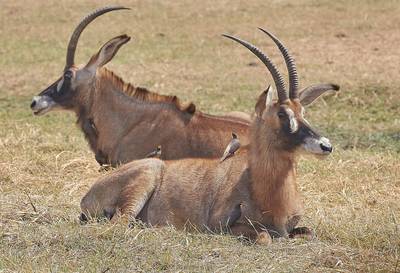
Roan antelope
Hippotragus equinus
Africa’s second largest antelope and one of its most handsome, with a powerful build and distinctive markings, roan are wary of people, but renowned for their bravery against predators.
25% SUCCESS
608 sightings from 2,475 observations
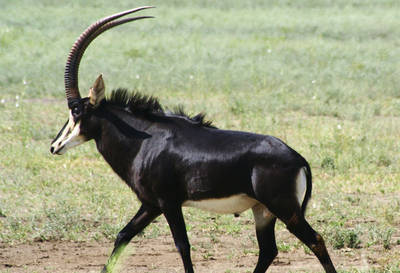
Sable antelope
Hippotragus niger
Perhaps Africa’s most beautiful antelope, sable are renowned for their combative nature, even holding off lions. Shy and restricted in range, sightings of sable are always special.
24% SUCCESS
592 sightings from 2,490 observations
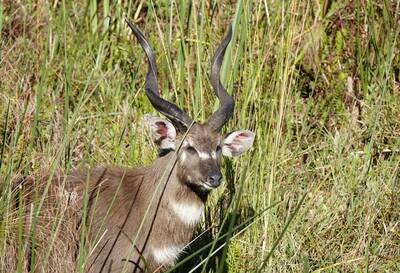
Sitatunga
Tragelaphus spekii
The sitatunga is the most aquatic of Africa’s antelopes and specially adapted to its swampy habitats. Though widespread across Africa, only a handful of places offer reliable sightings.
19% SUCCESS
81 sightings from 427 observations

Looking for inspiration on where to travel next?
Visit our trip chooser to explore your options and find inspiration for your perfect African adventure
Inspire meOther styles of holiday in Namibia
Discover all that Namibia has to offer
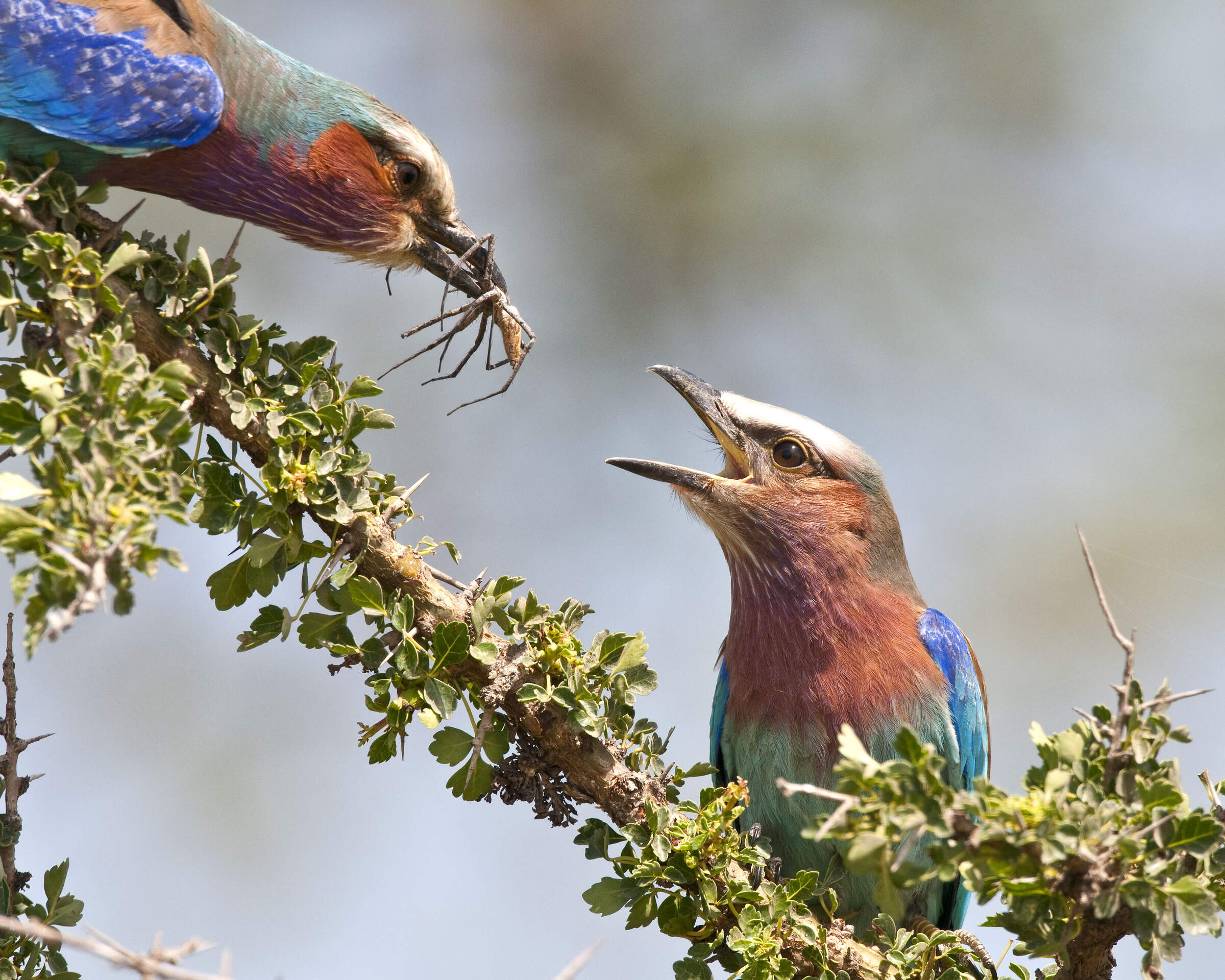
Birdwatching safaris
Diverse habitats, discreet hides and superb guiding.
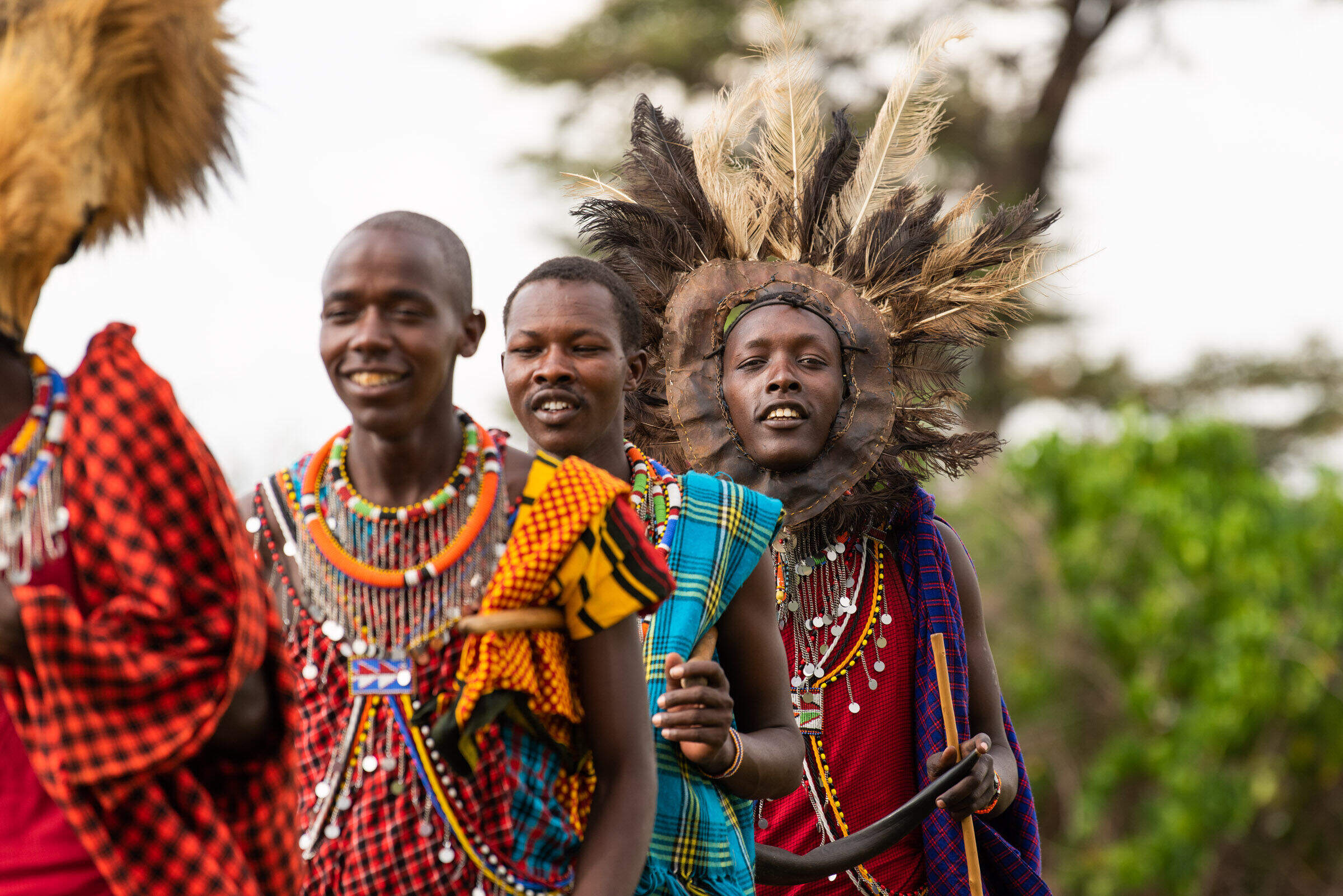
Cultural Experiences
Get authentic insight into Africa's cultures, communities and history.
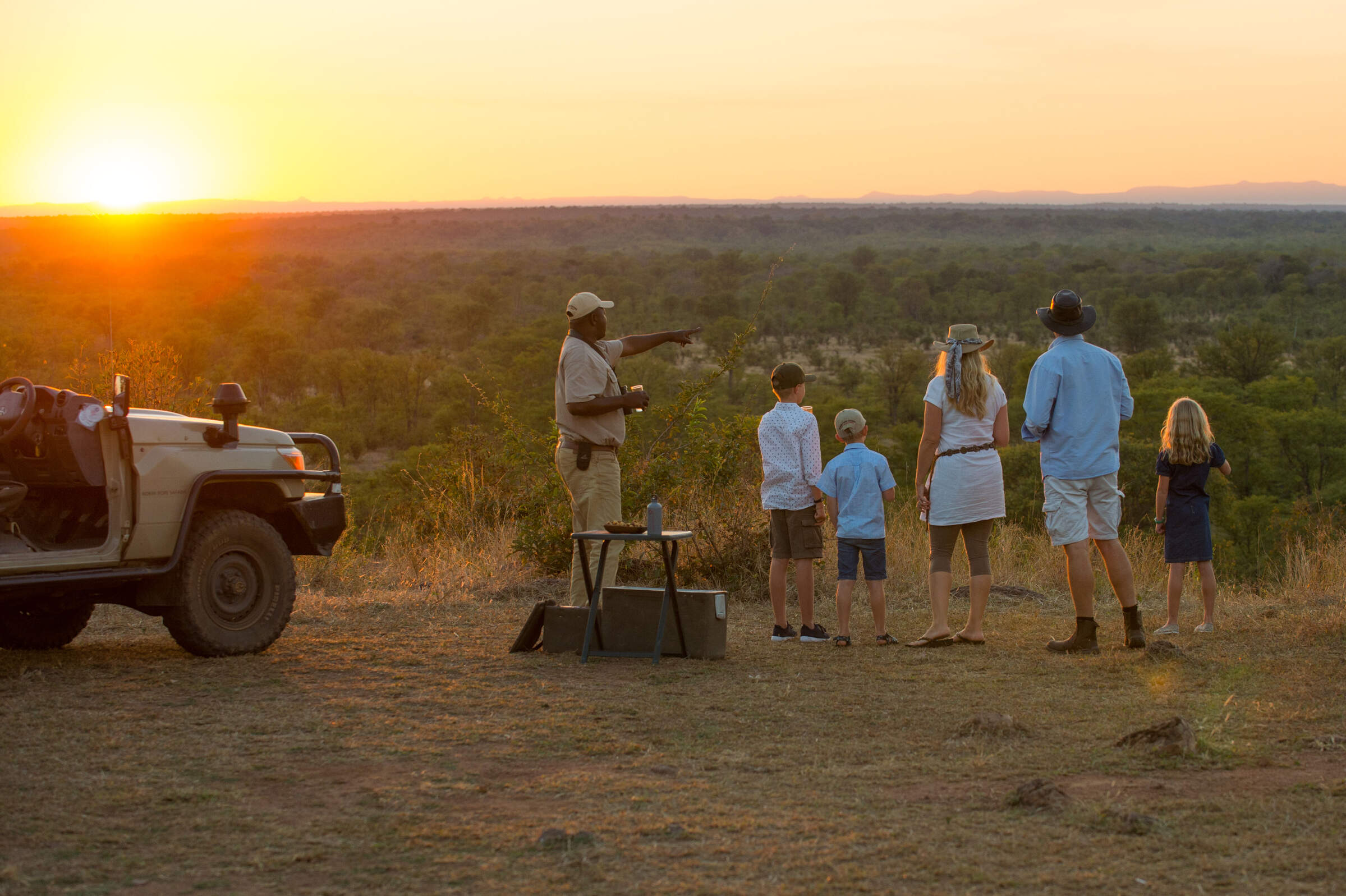
Family safaris
Our collection of incredible family safaris
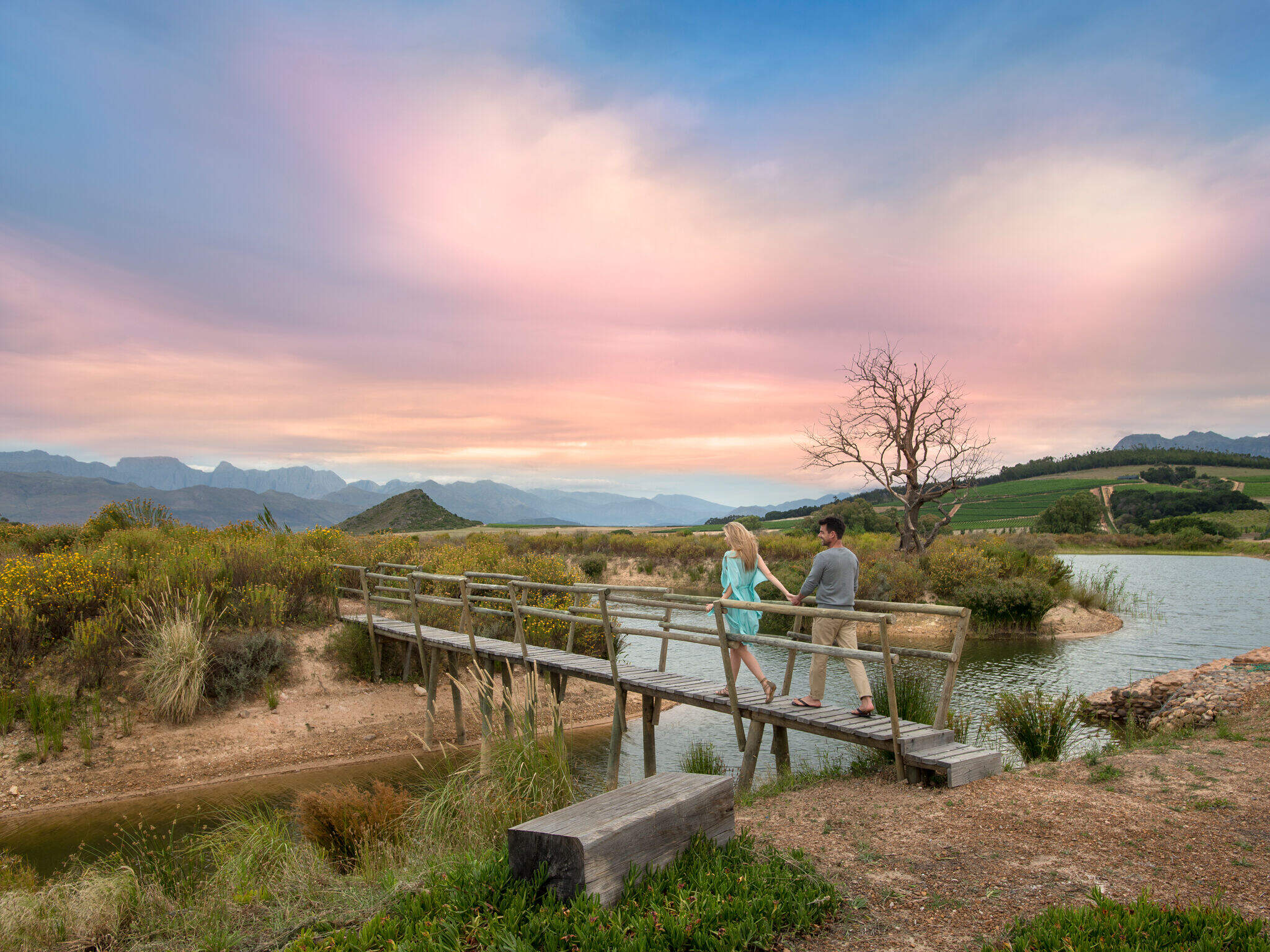
Honeymoons
Romantic safaris and castaway island retreats.
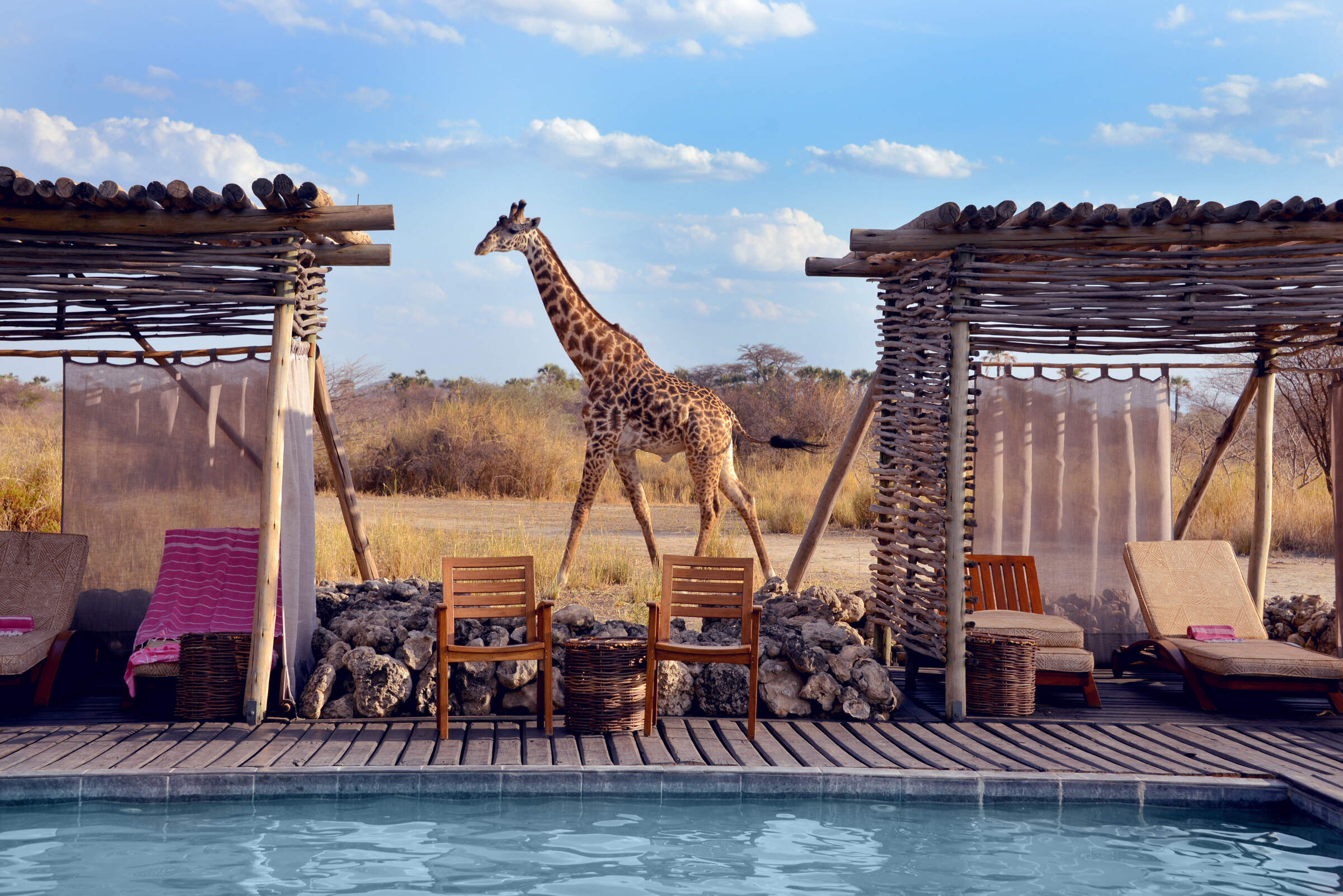
Luxury safaris
First-class service, scenic vistas and unparalleled comfort await you during these carefully selected luxury holidays.
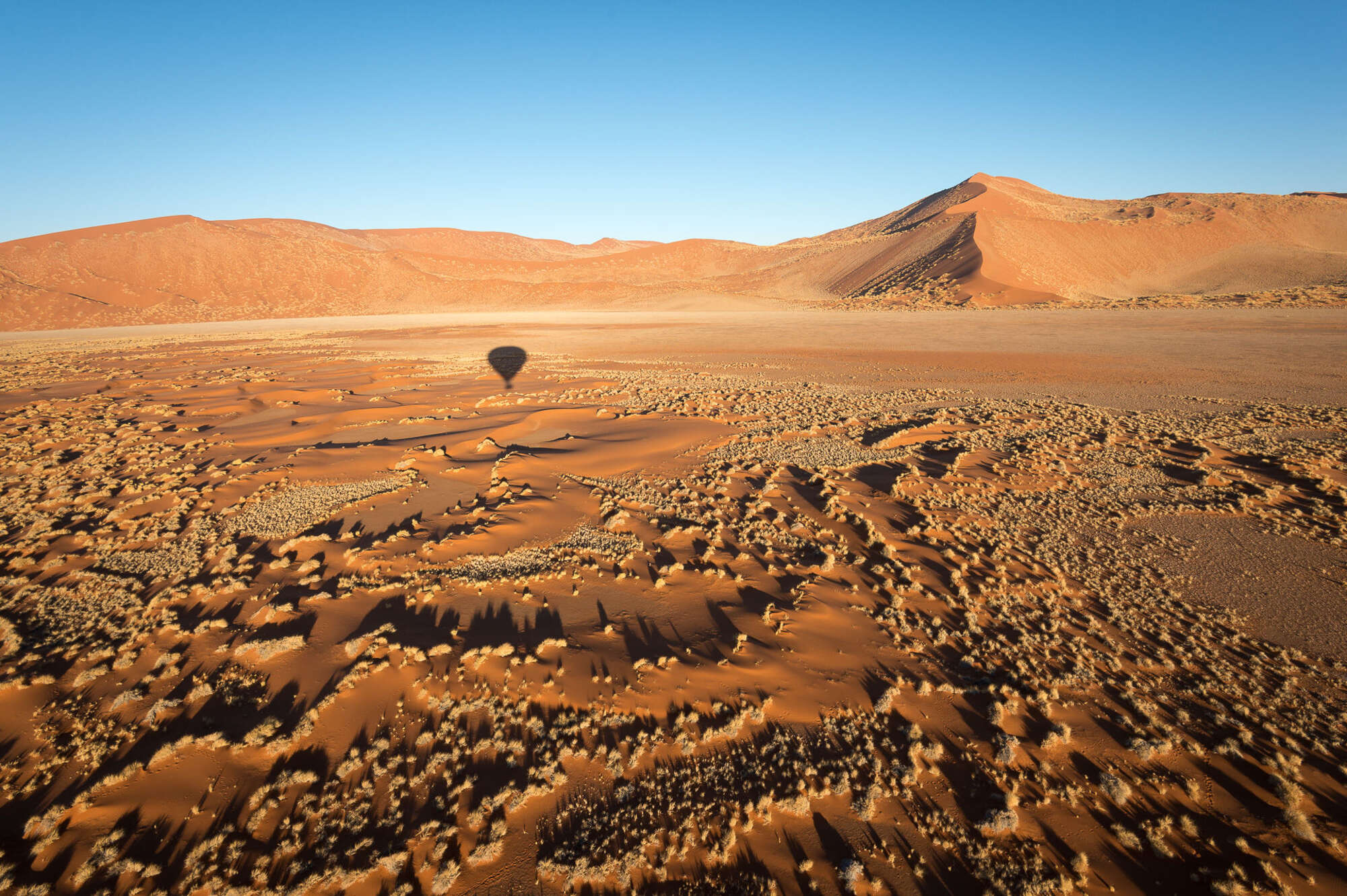
Photography safaris
Great holidays to suit the keen photographer.
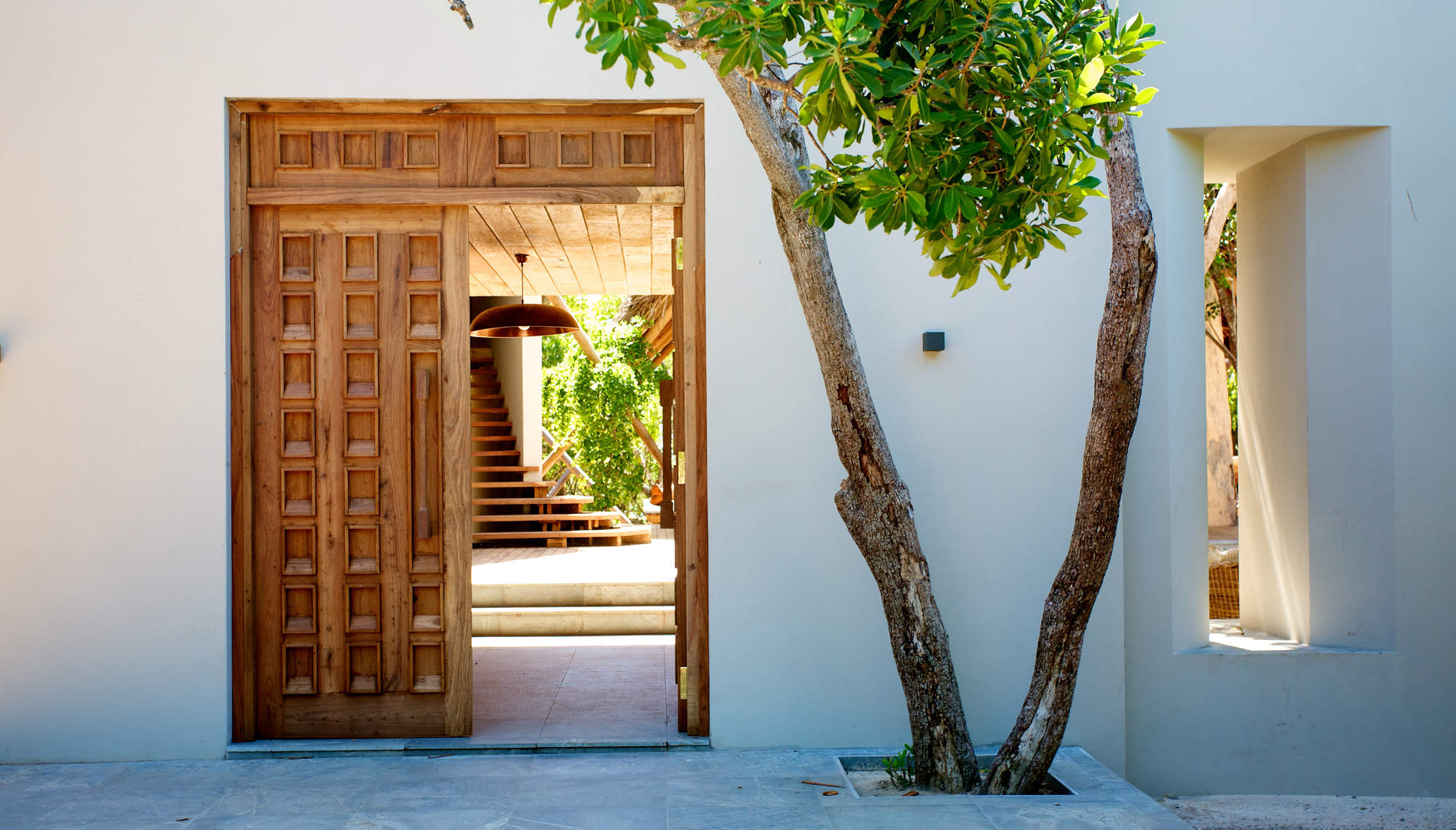
Private safari camps & lodges
Enjoy Africa with just your friends & family
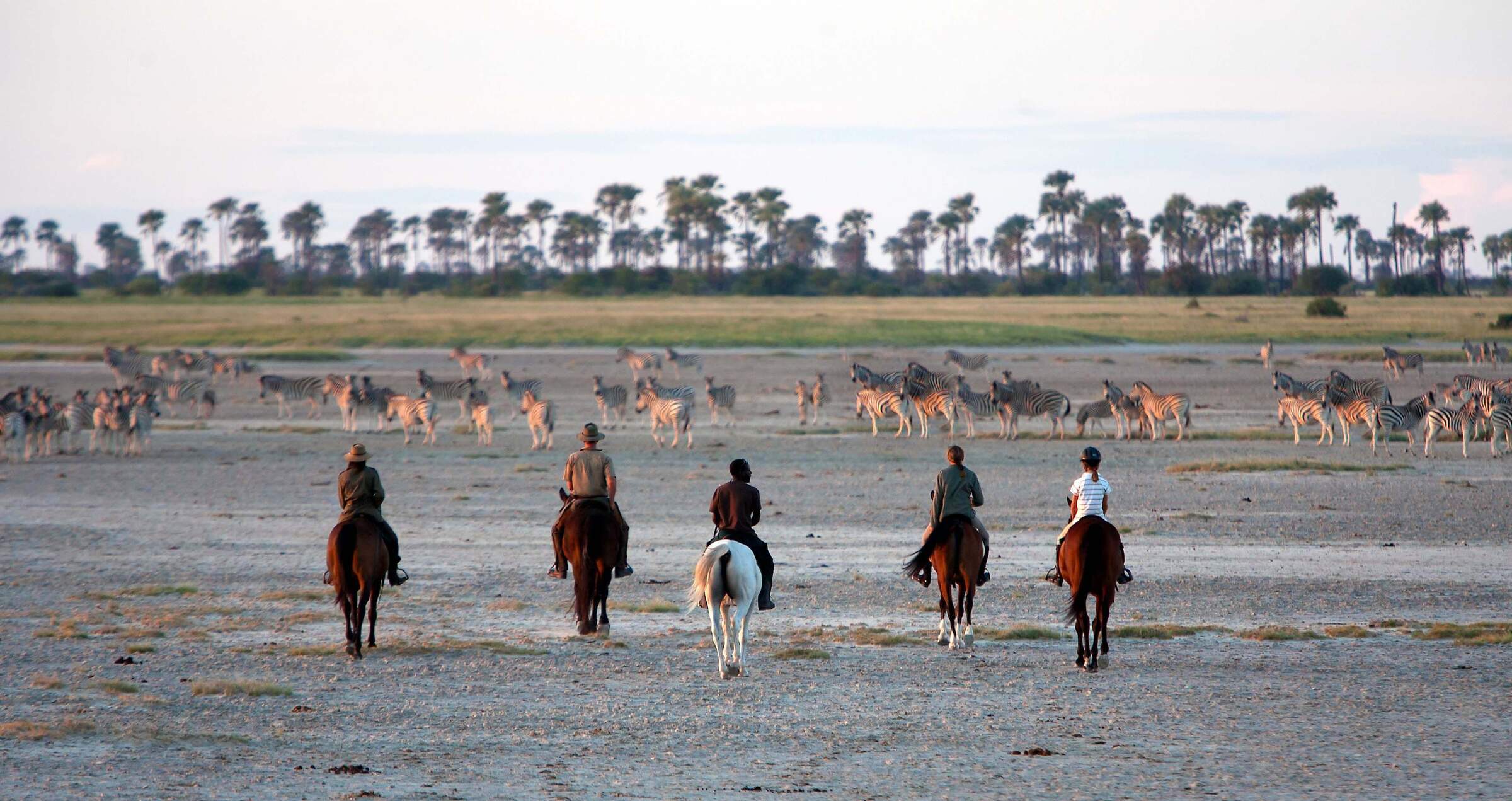
Riding safaris
Explore Africa's wilderness on horseback.
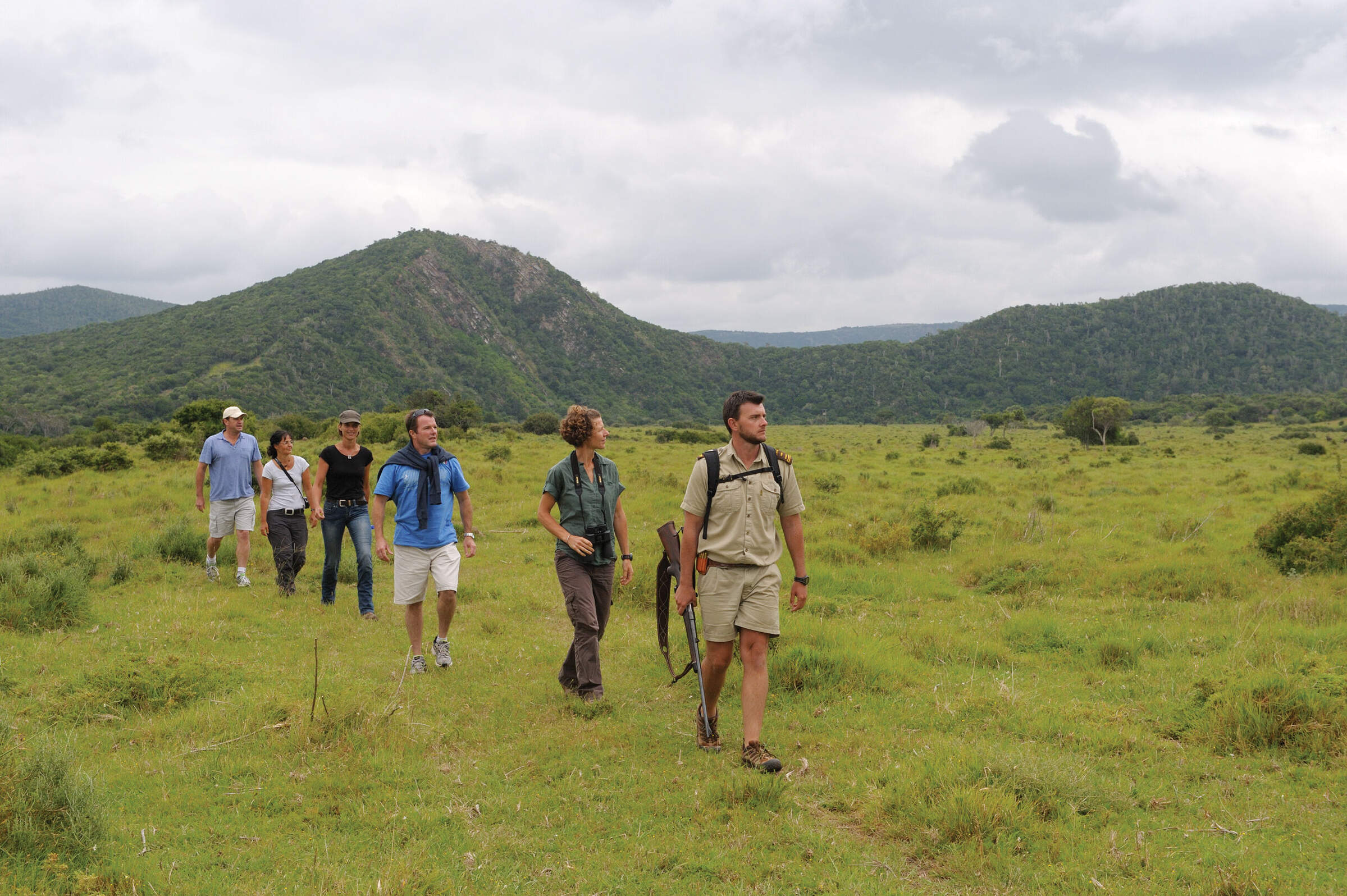
Scenic walking & hiking
Explore Africa's most scenic hiking trails on foot, with or without a guide.
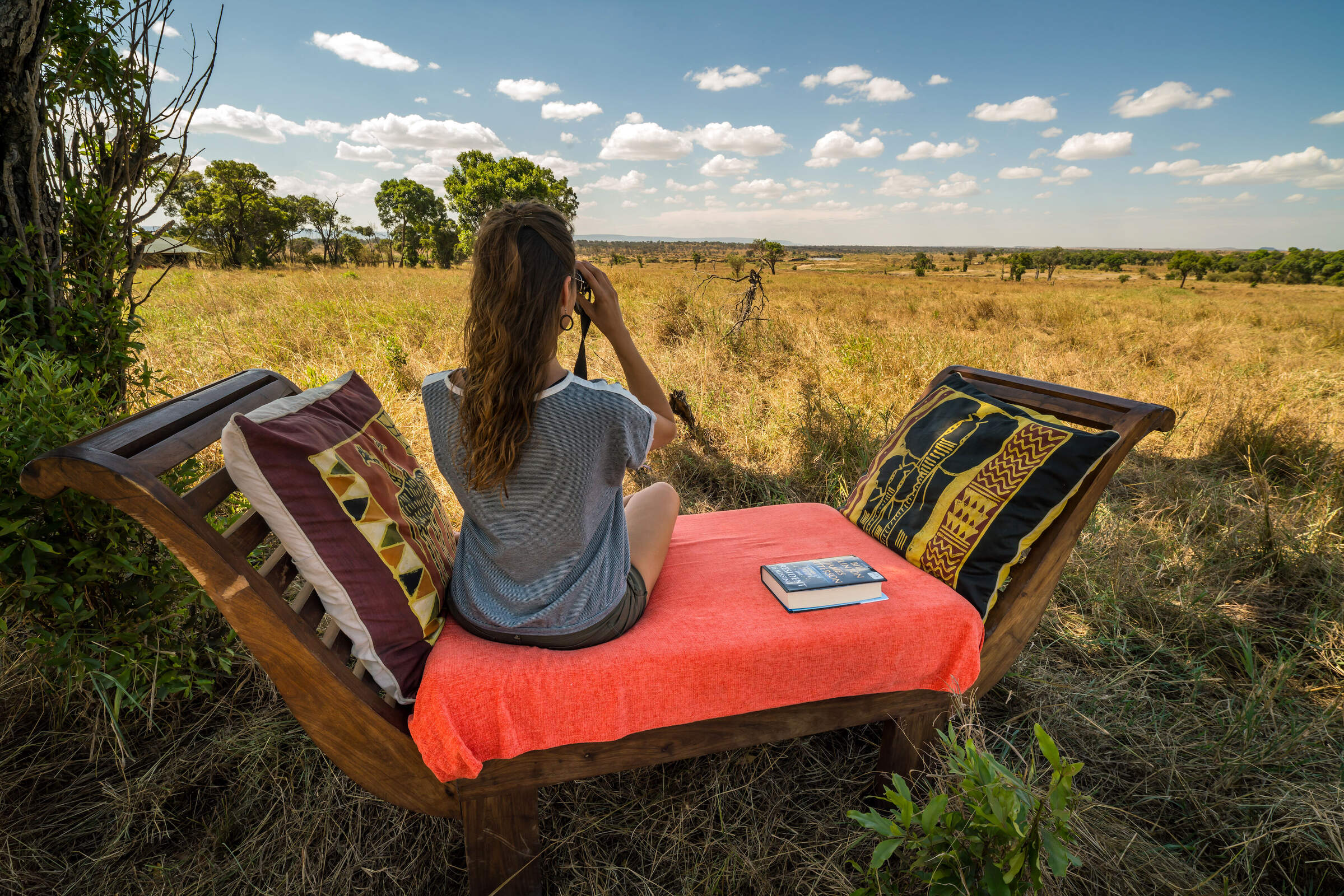
Solo safaris
Trip ideas ideally suited for a solo traveller.
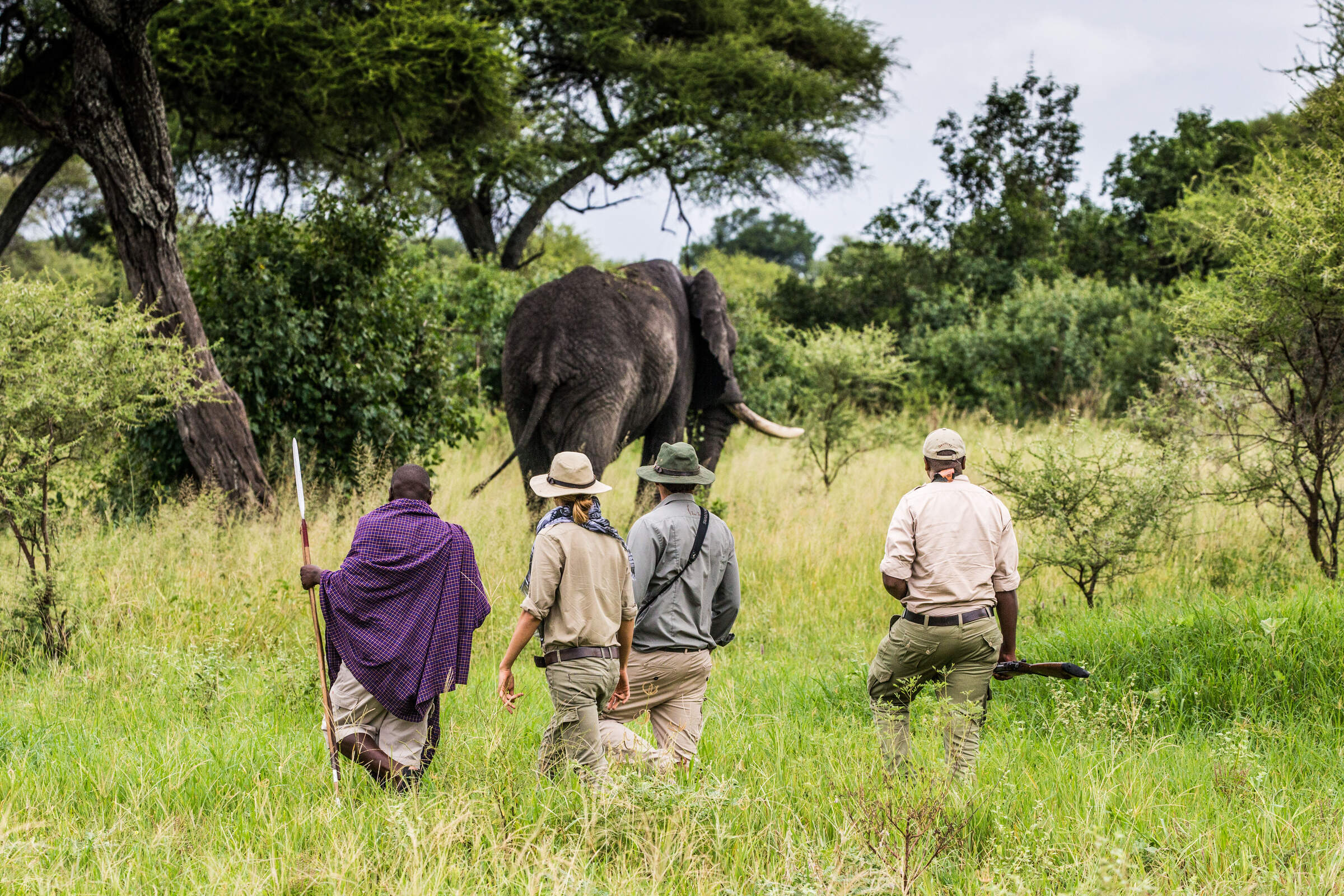
Walking safaris
Discover Africa's wildlife and wilderness on foot.
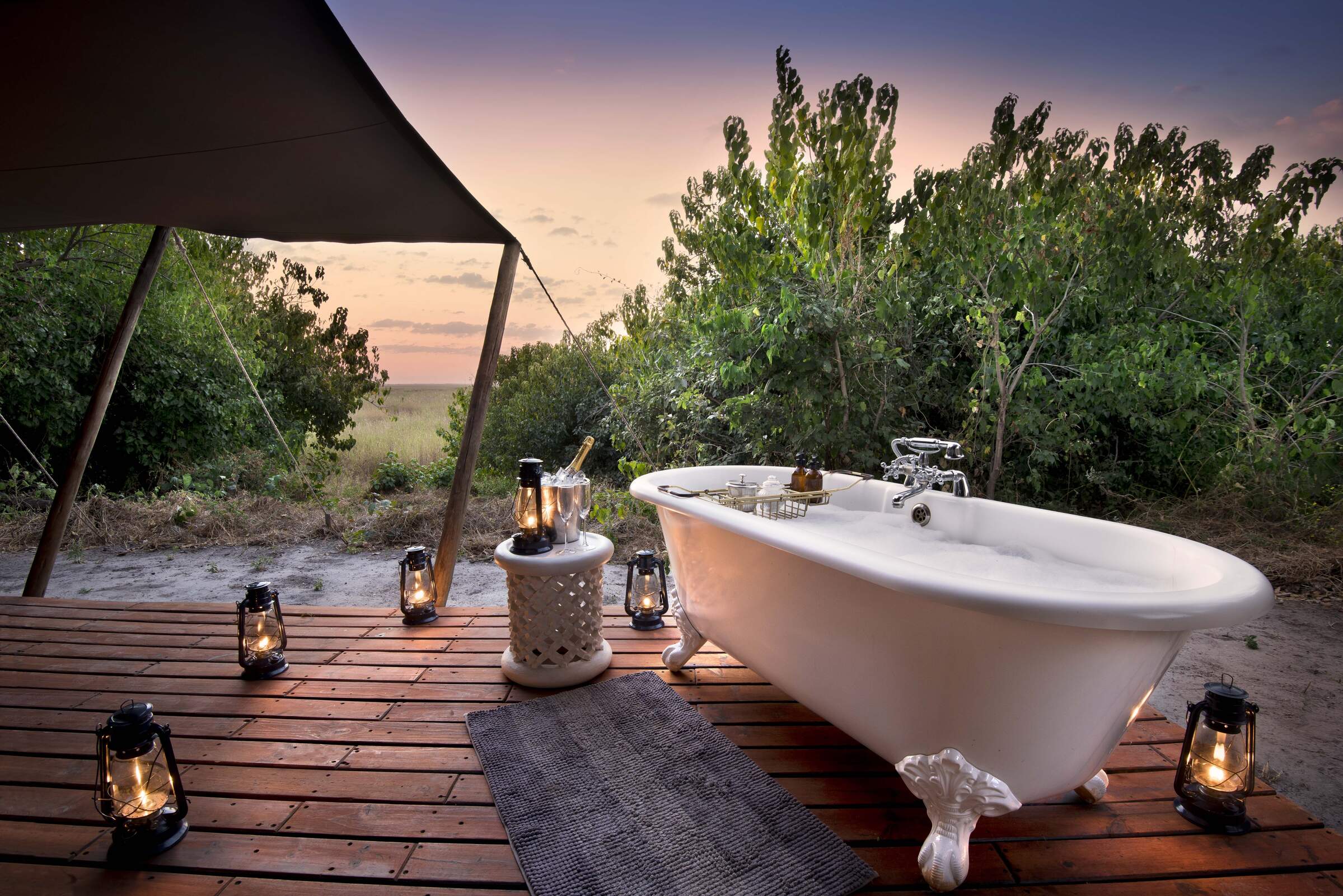
Wellbeing retreats
Wellness escapes in stunning locations
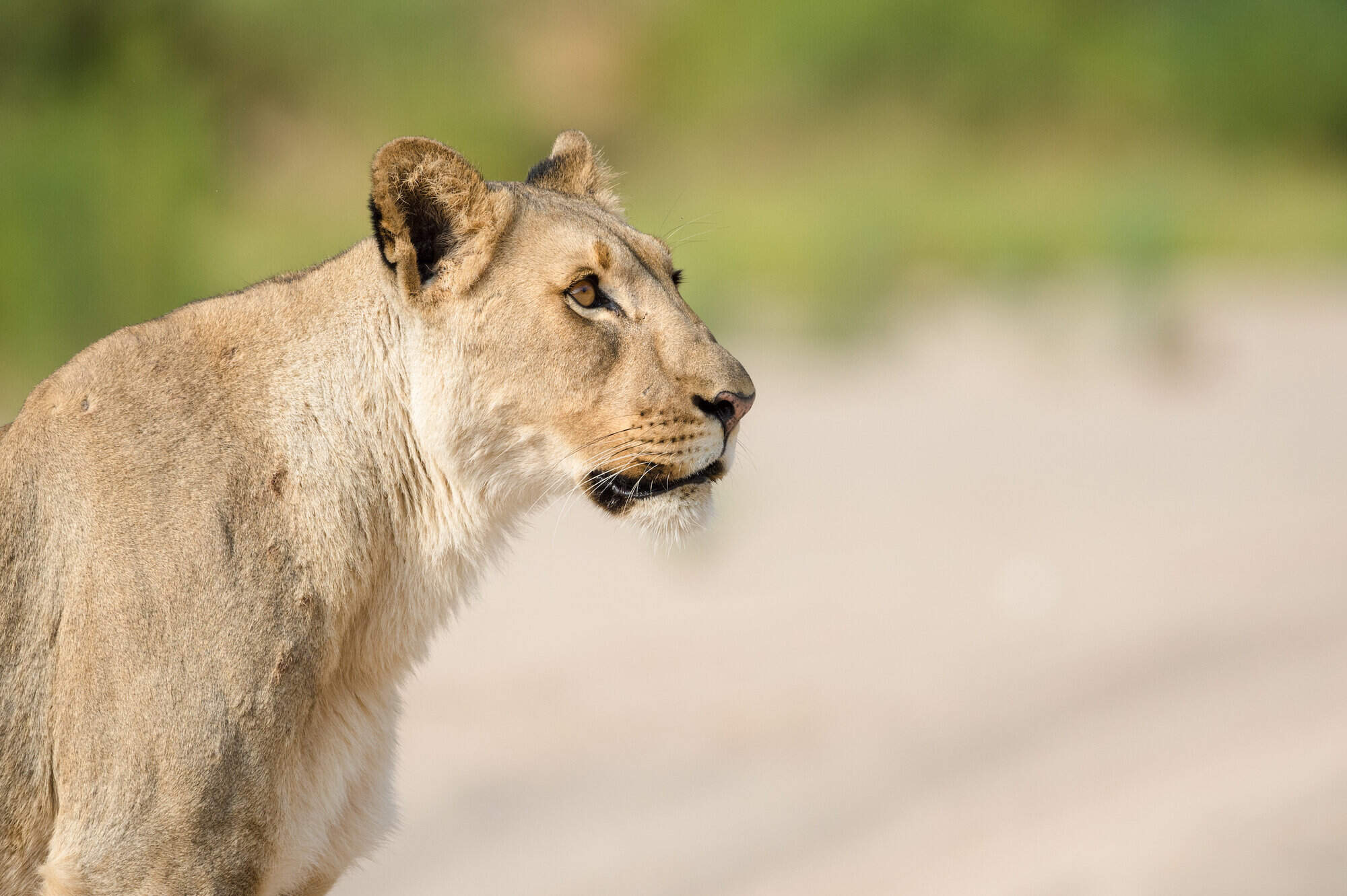
Wildlife safaris
These trips include incredible wildlife and elusive species, as well as superb guiding and a variety of diverse ecosystems.







